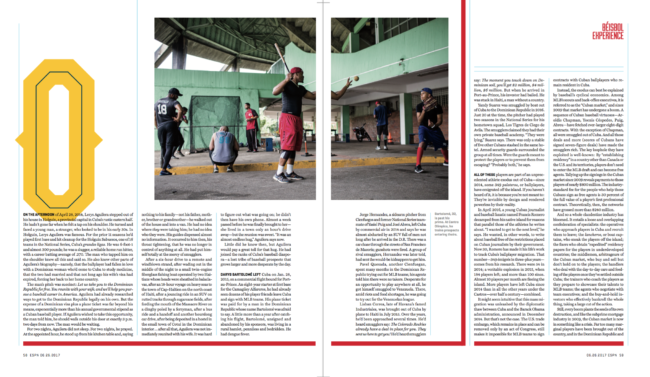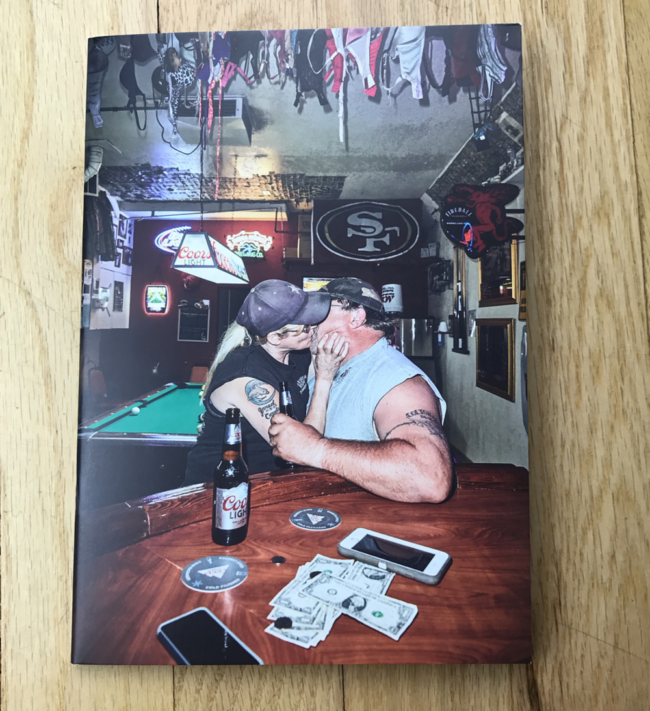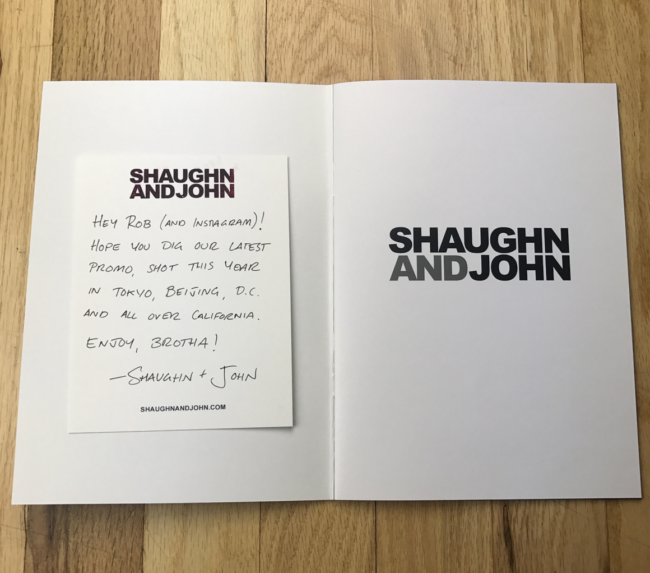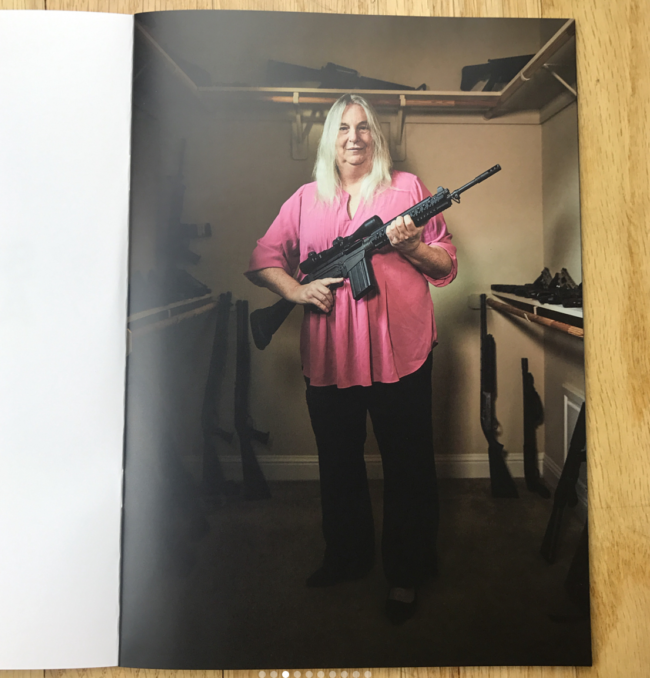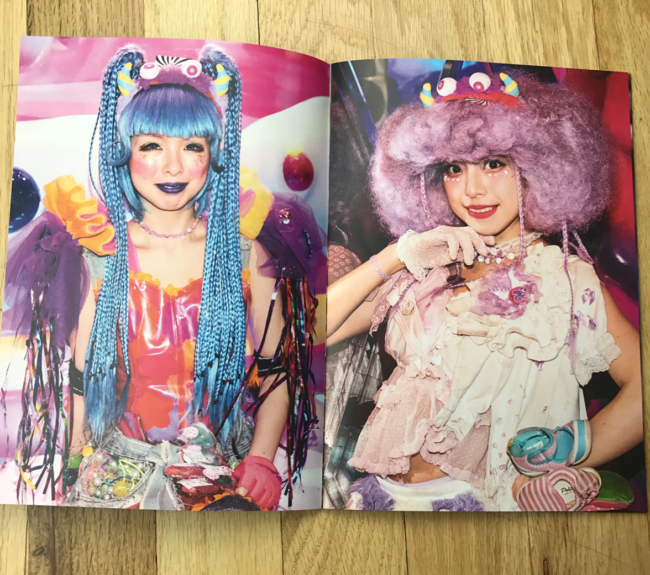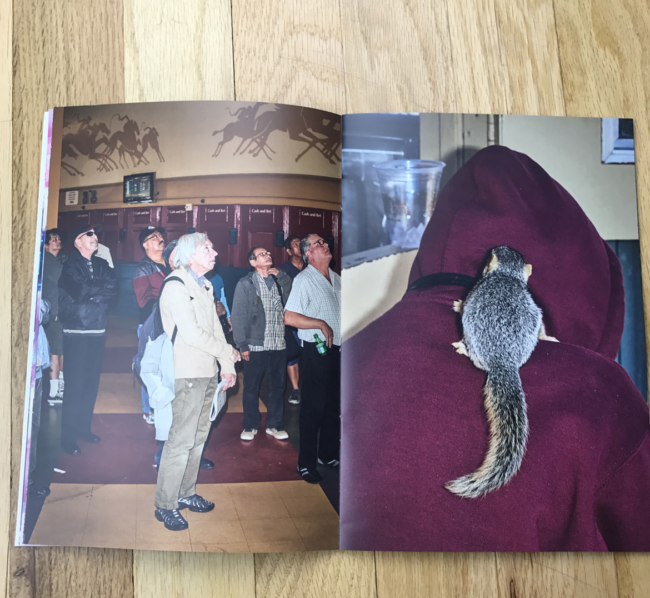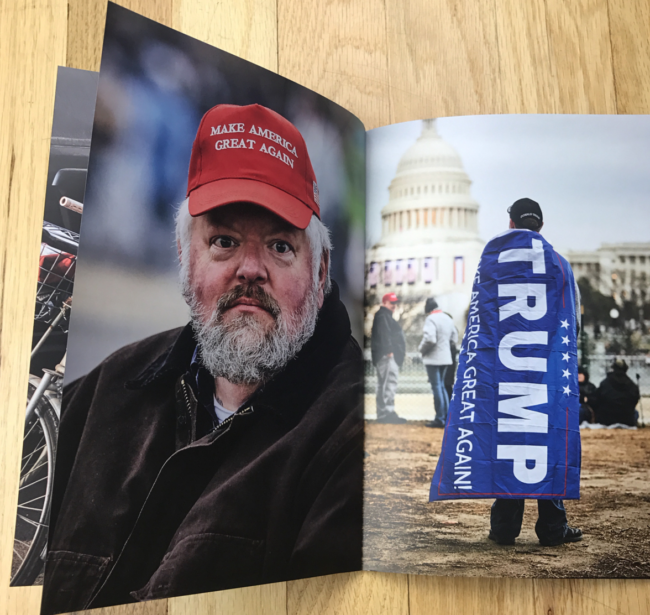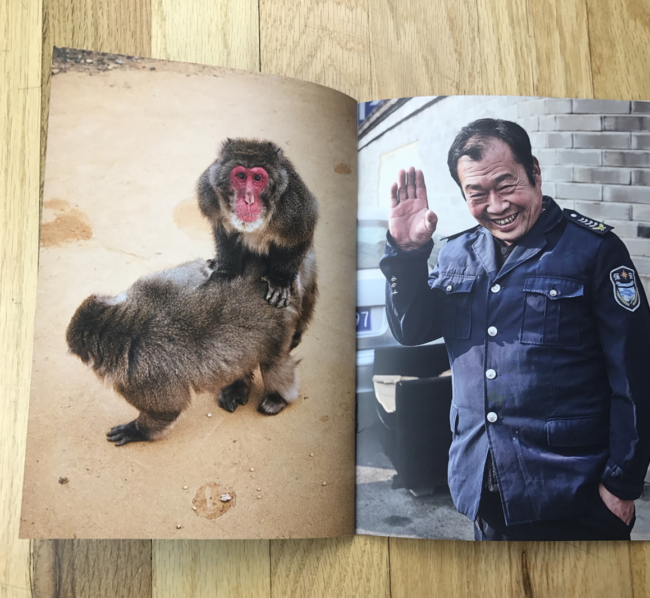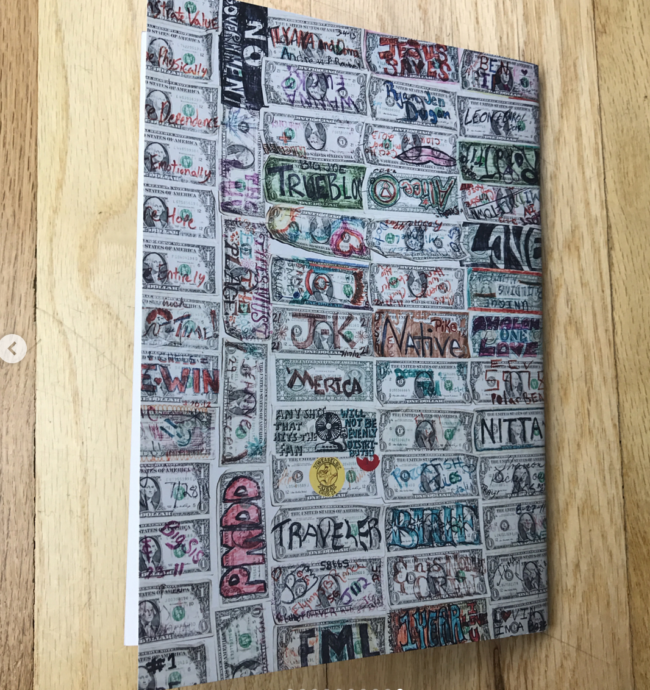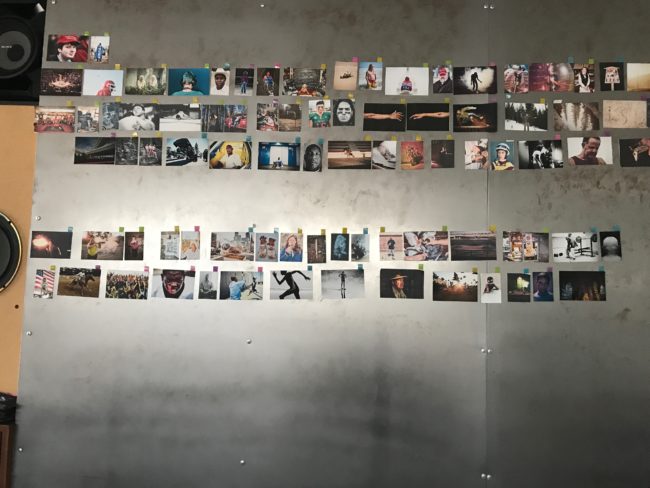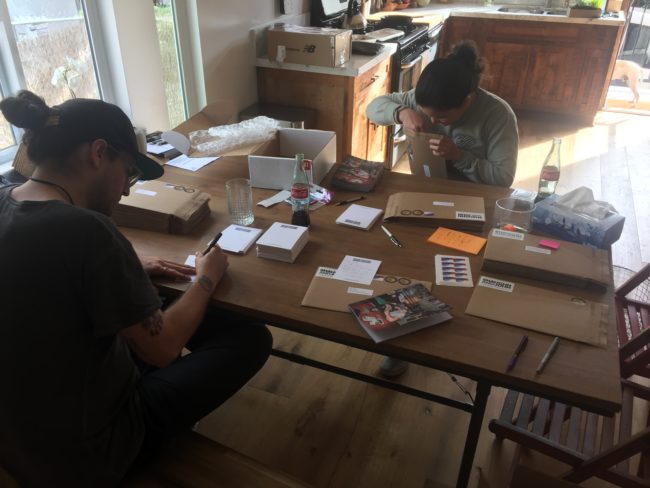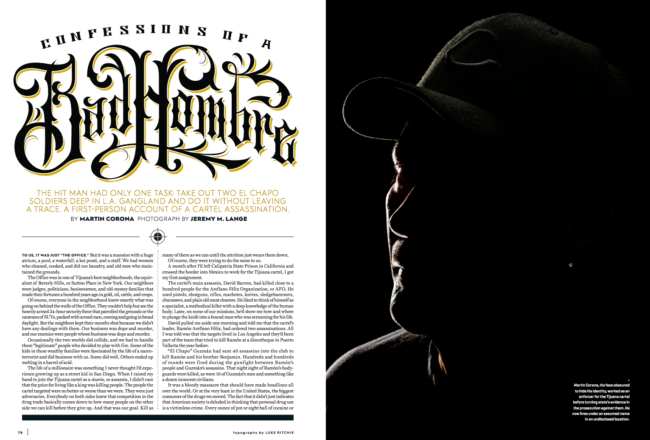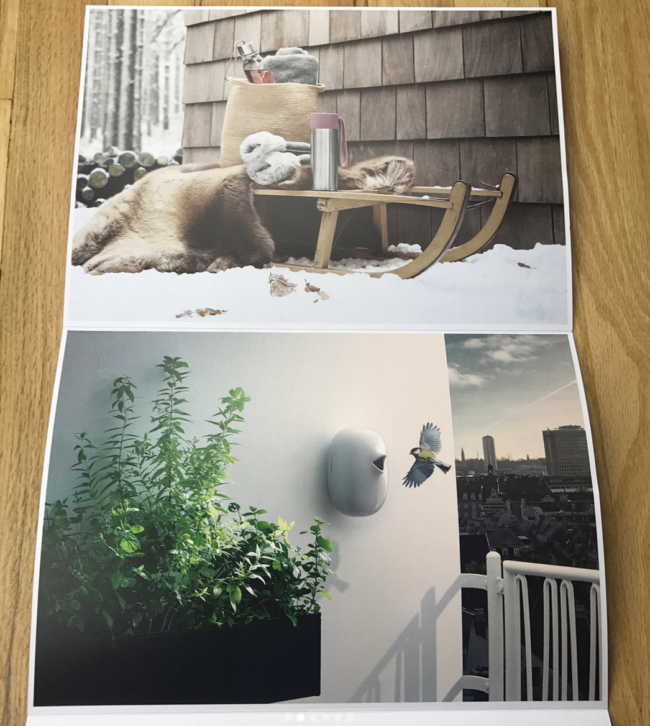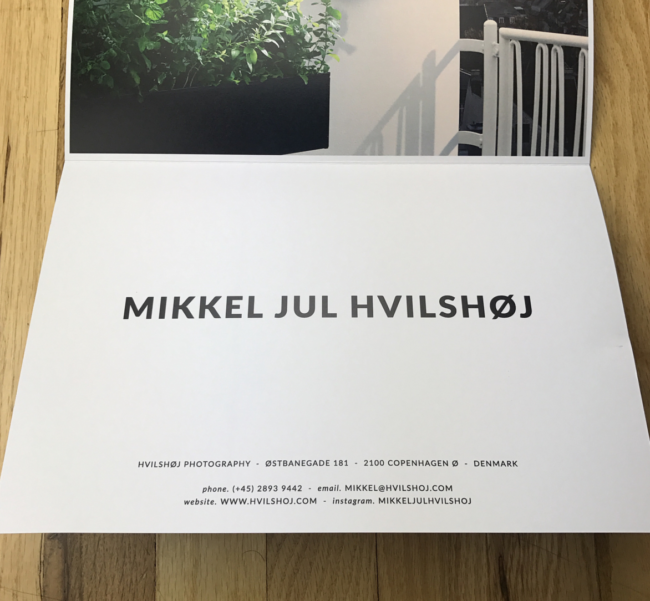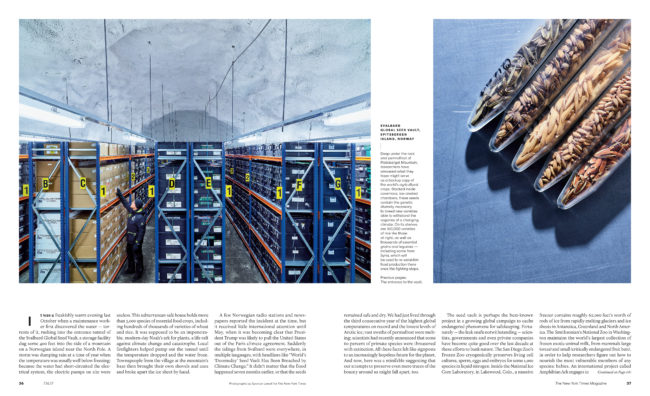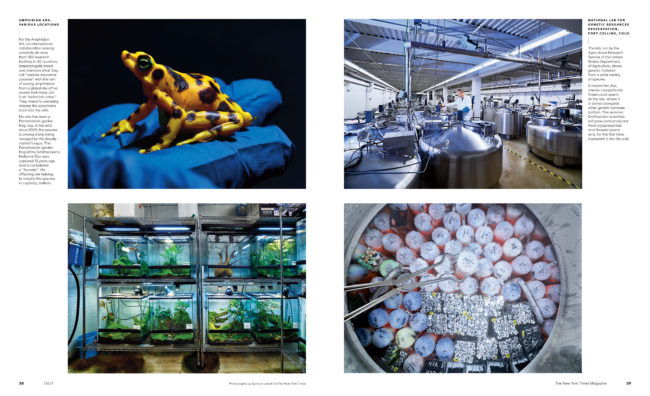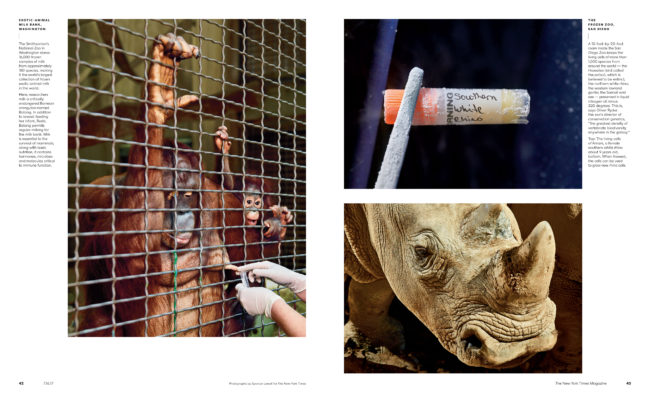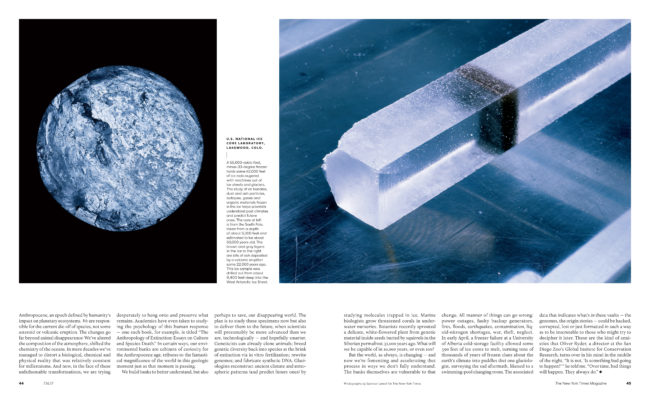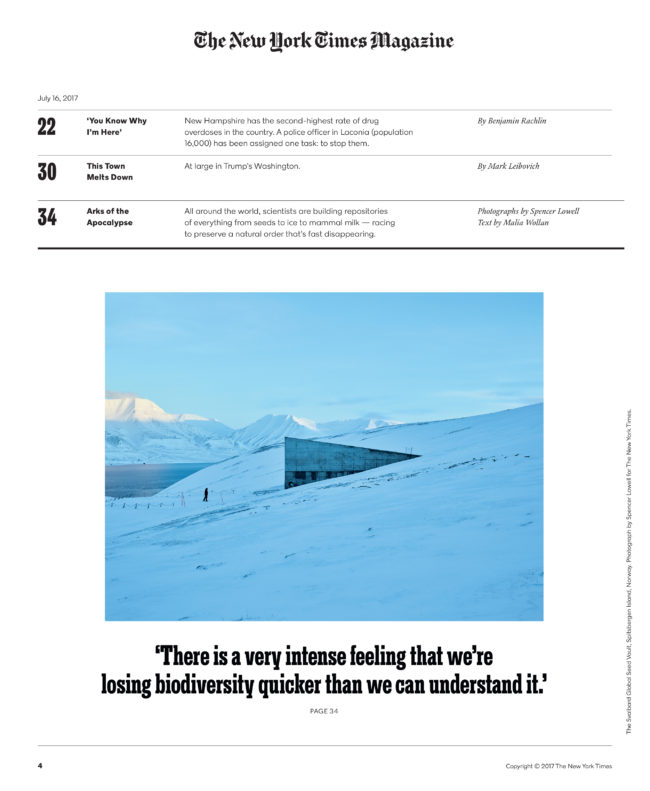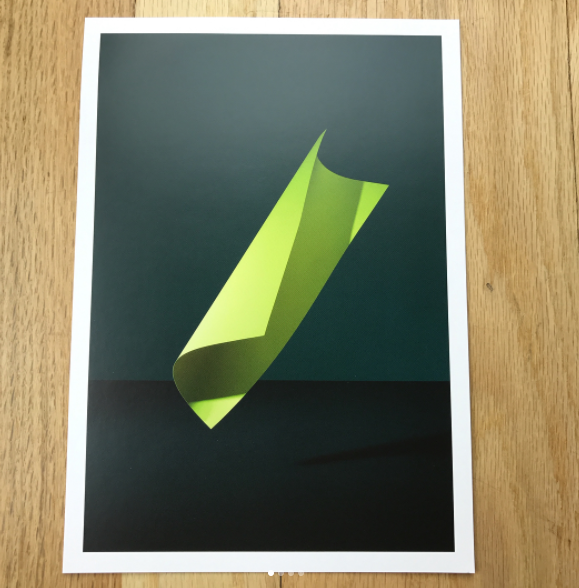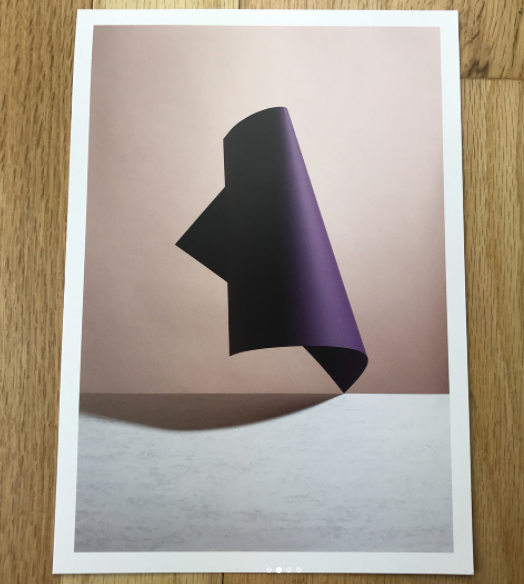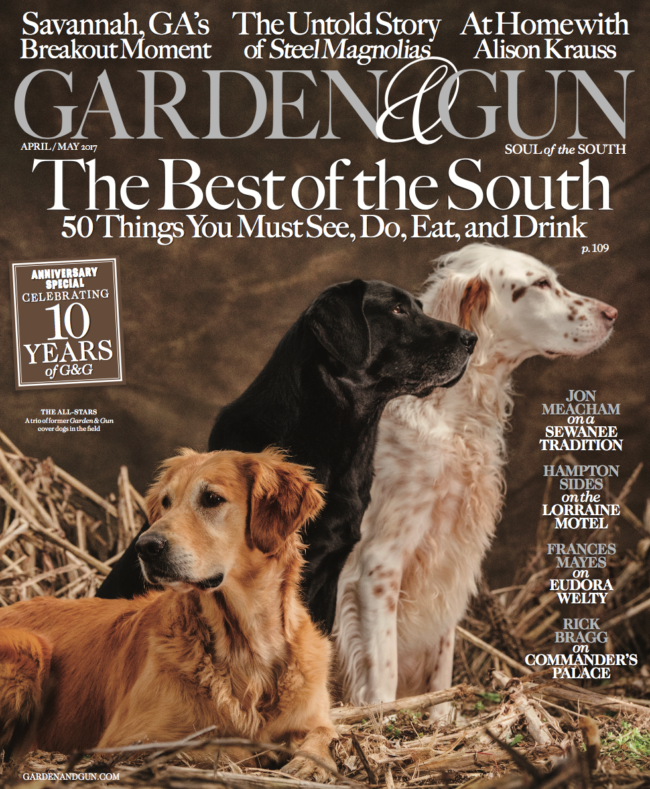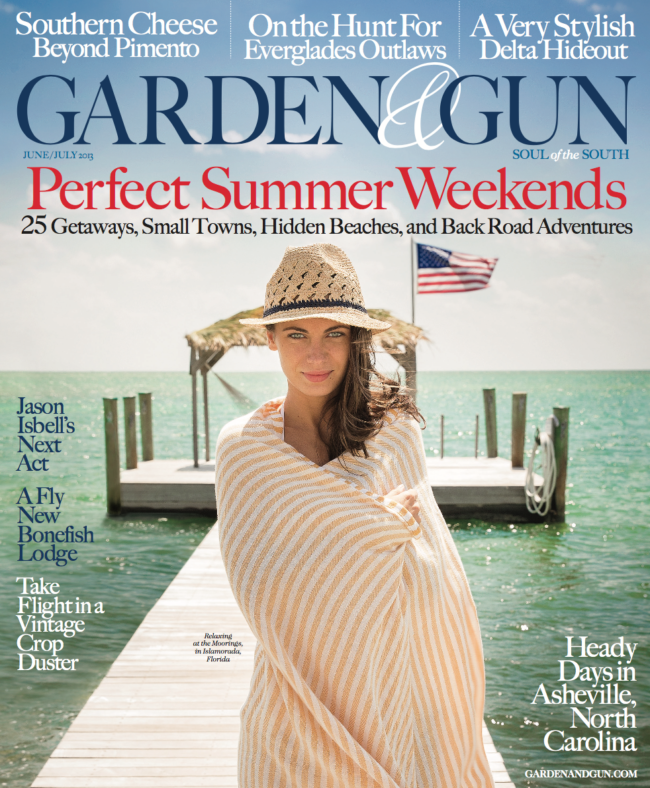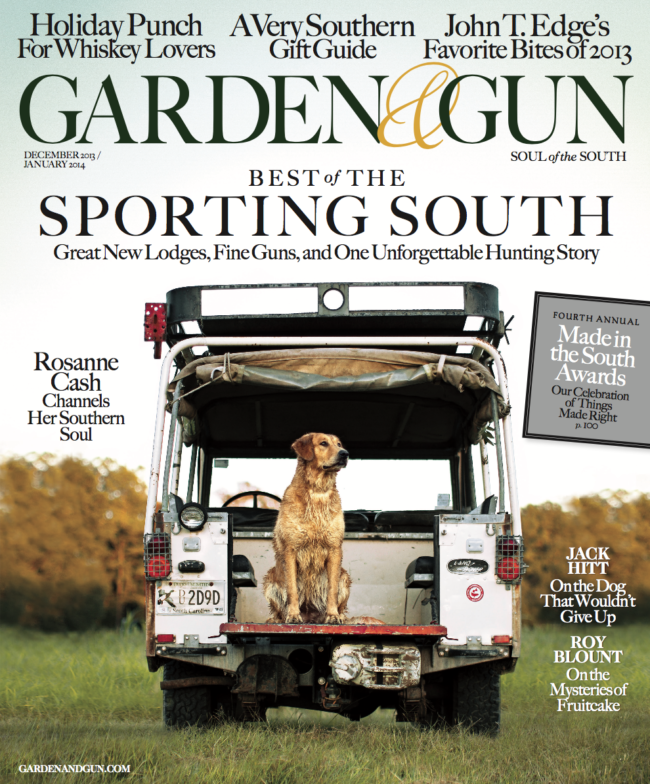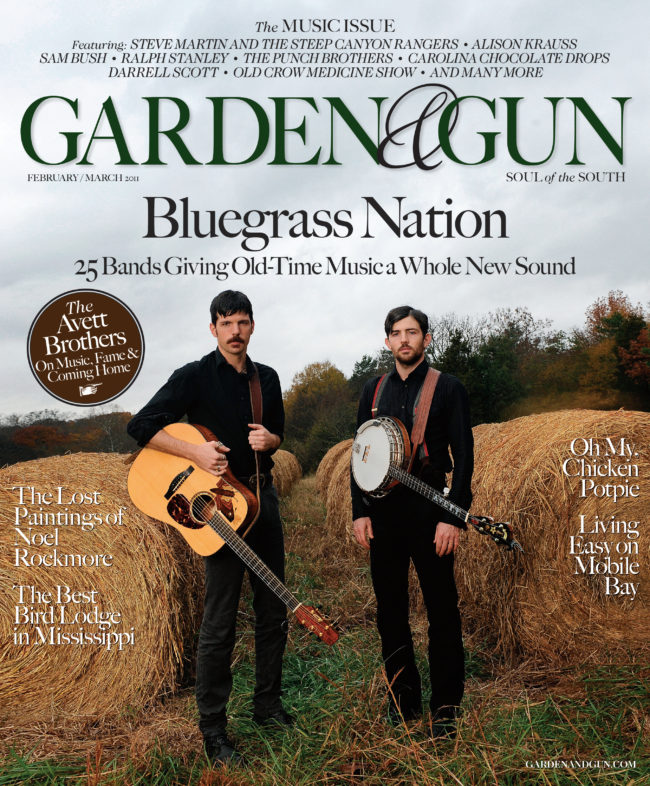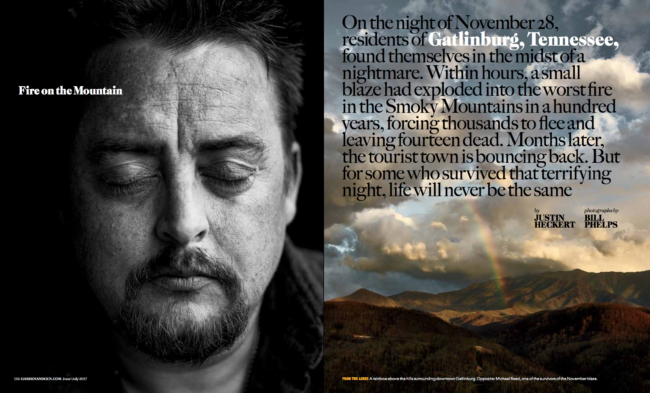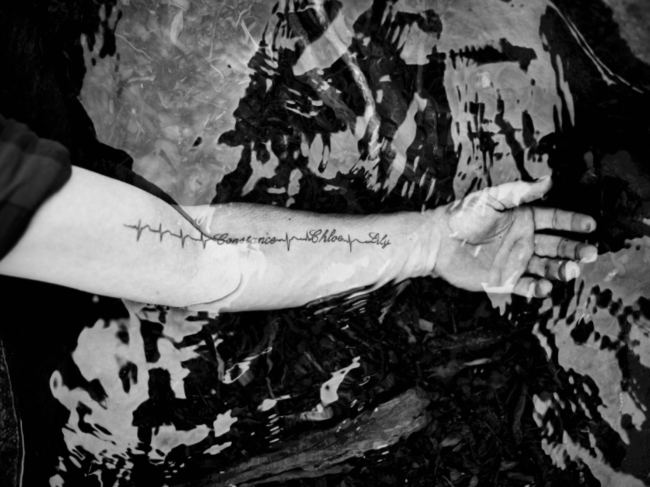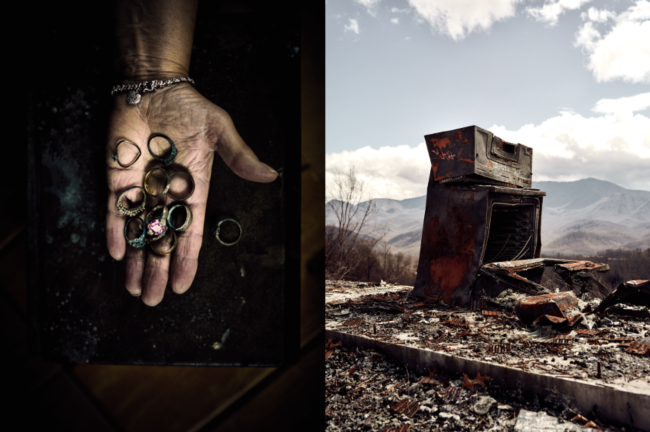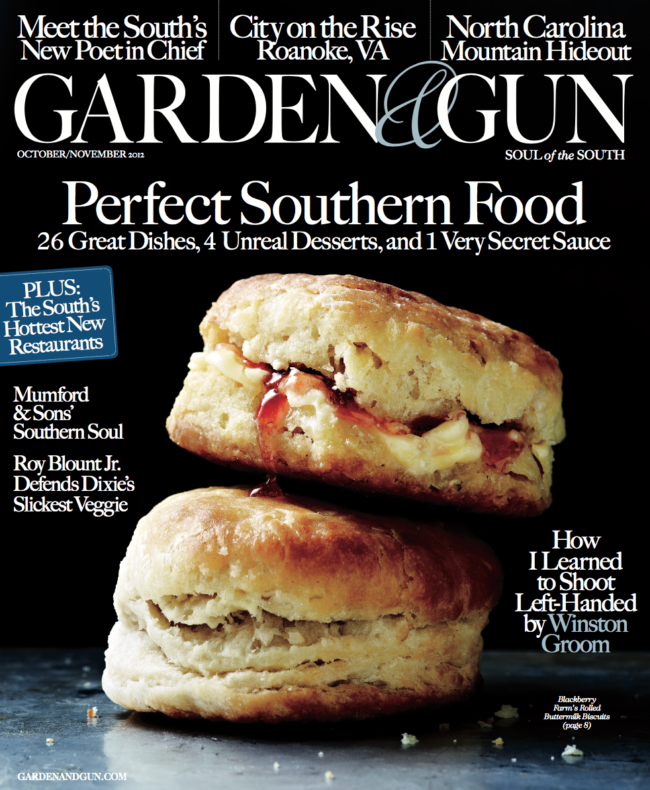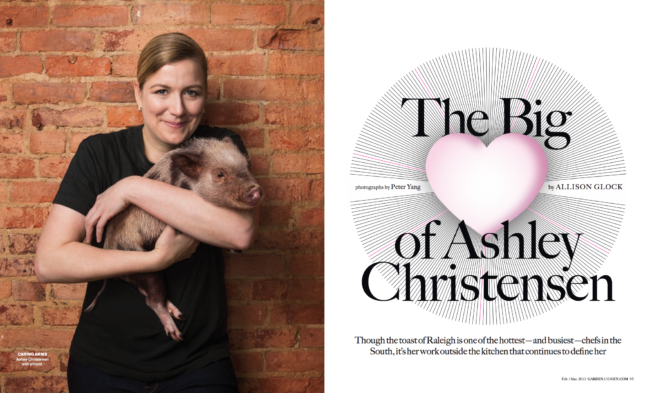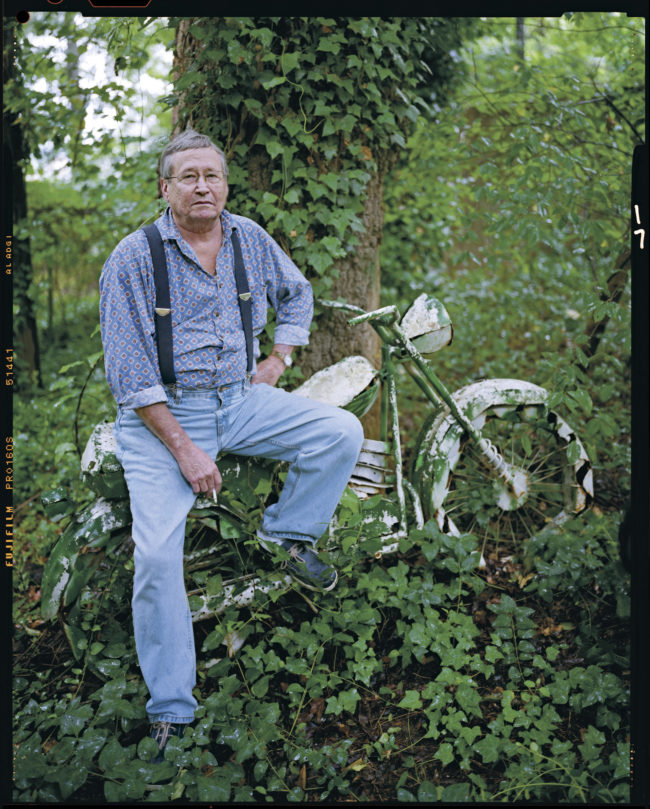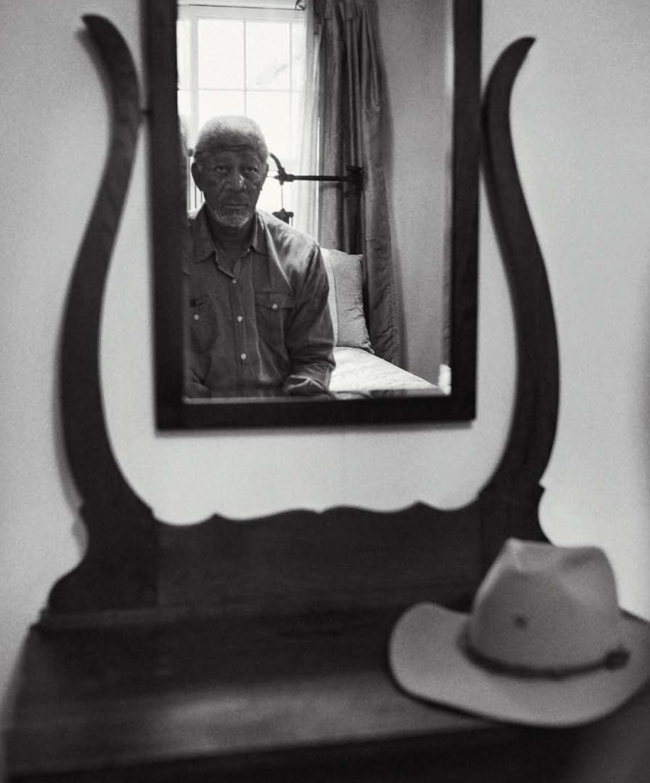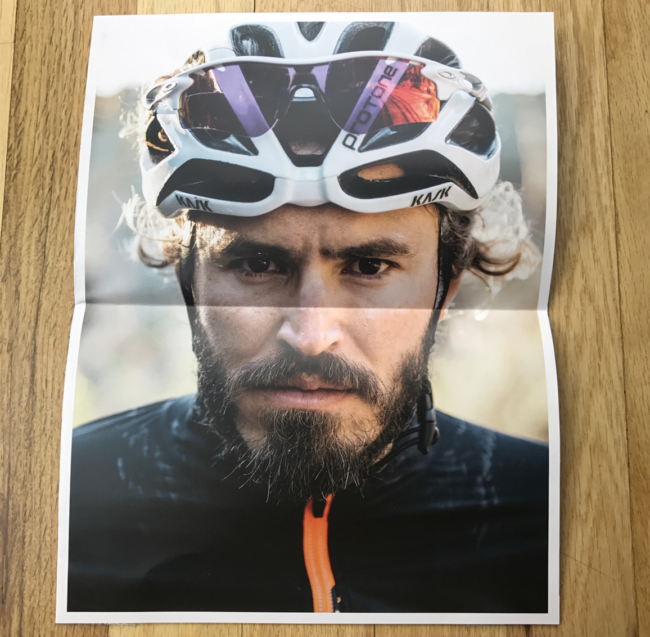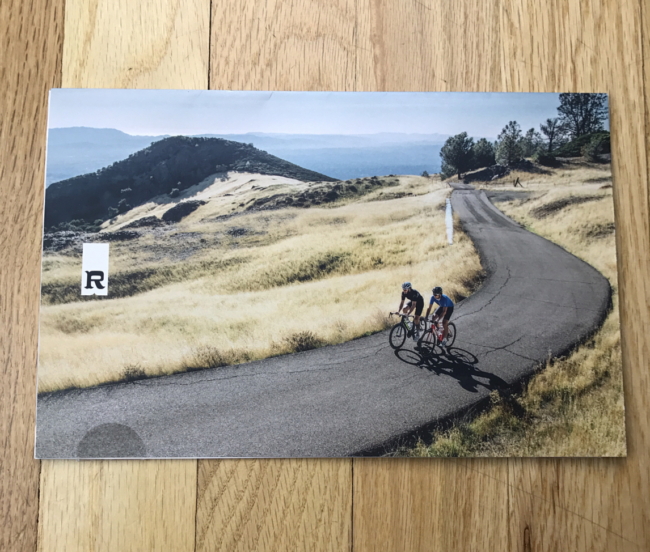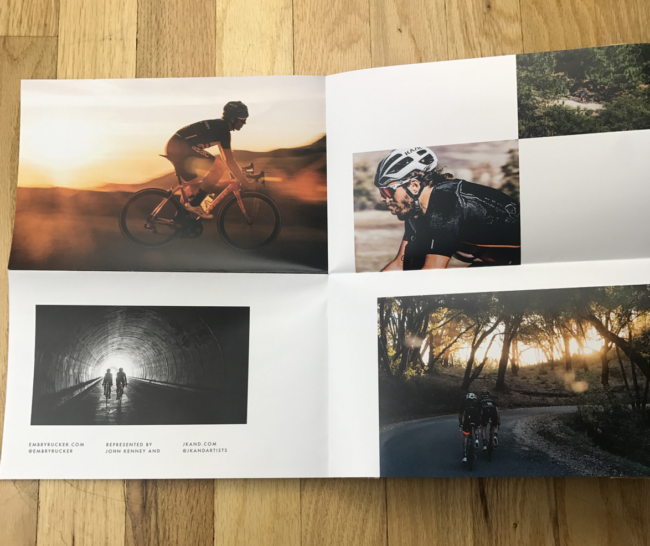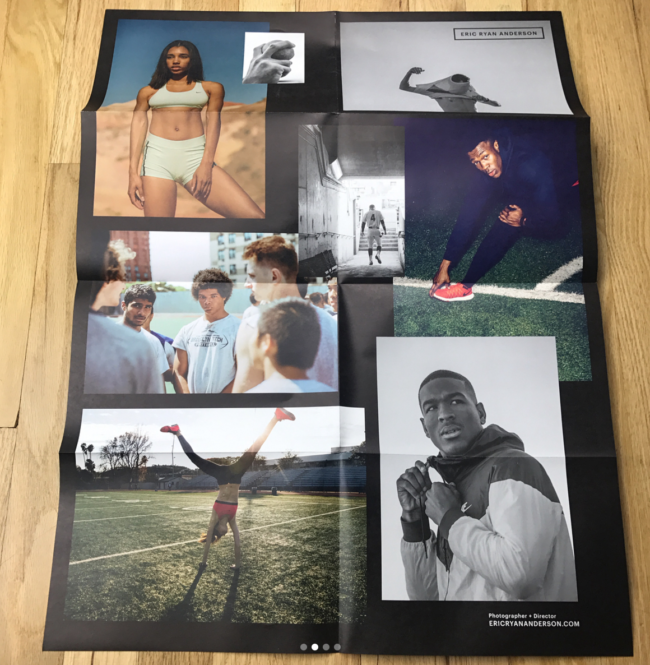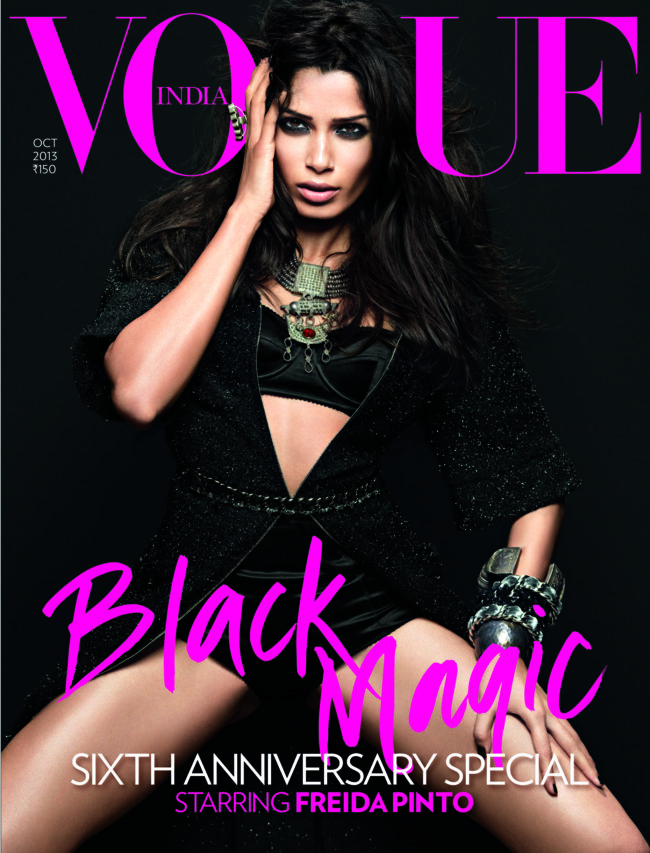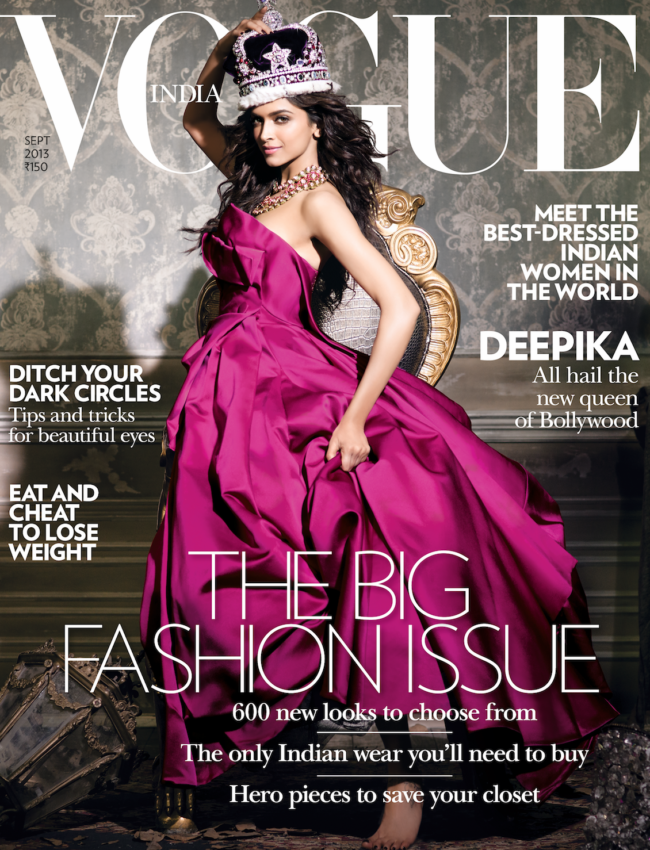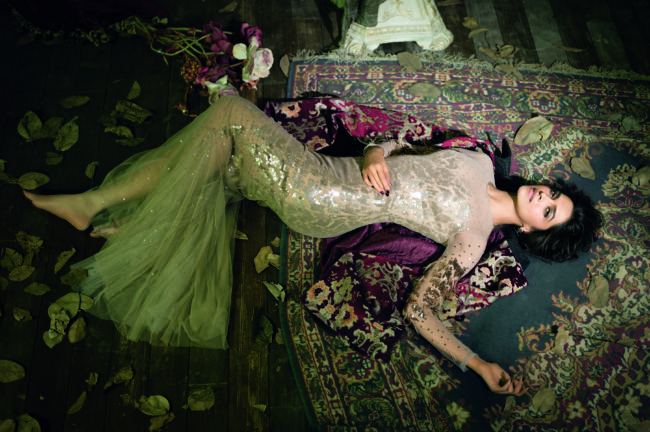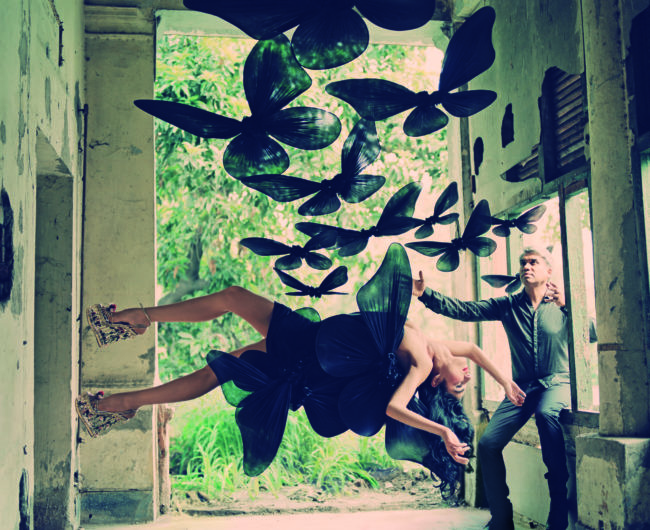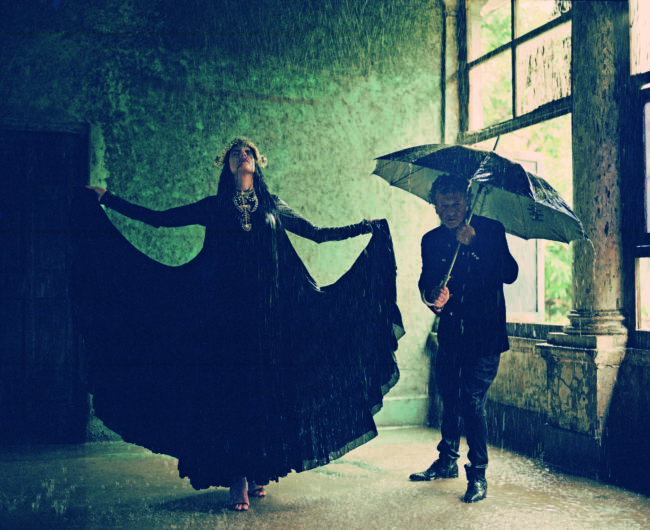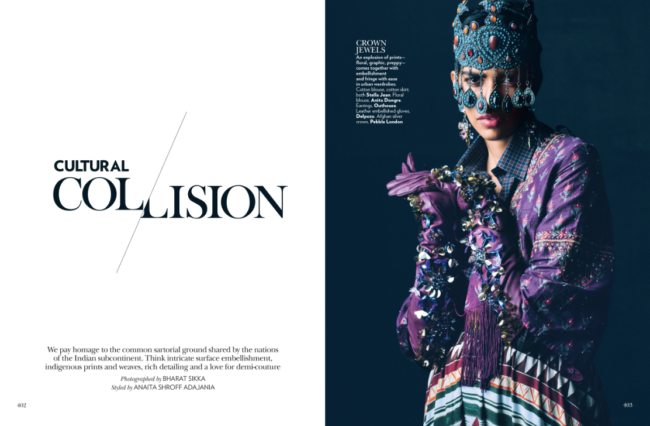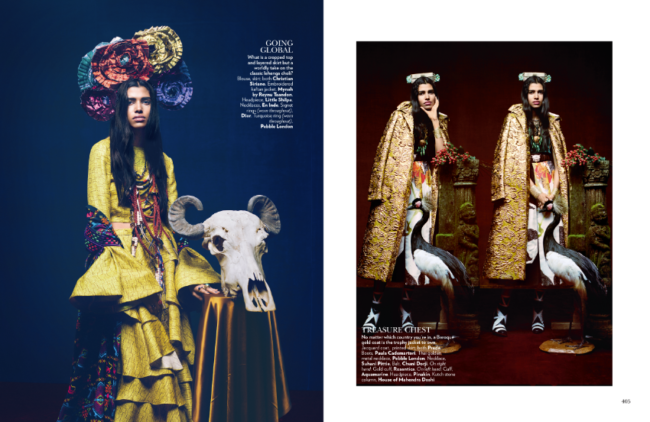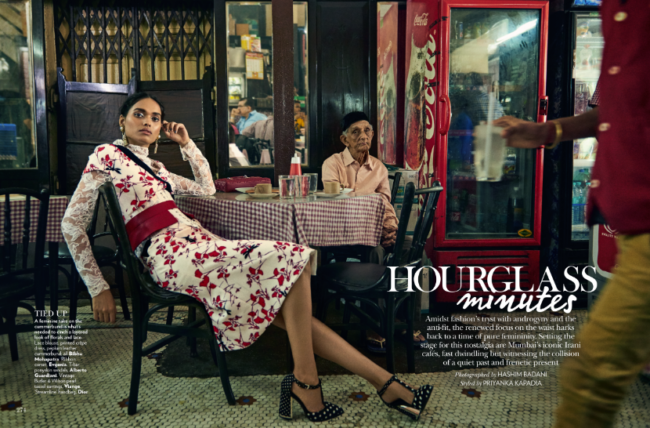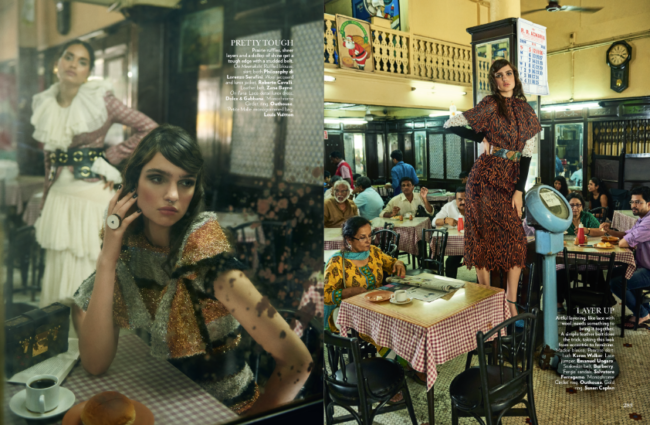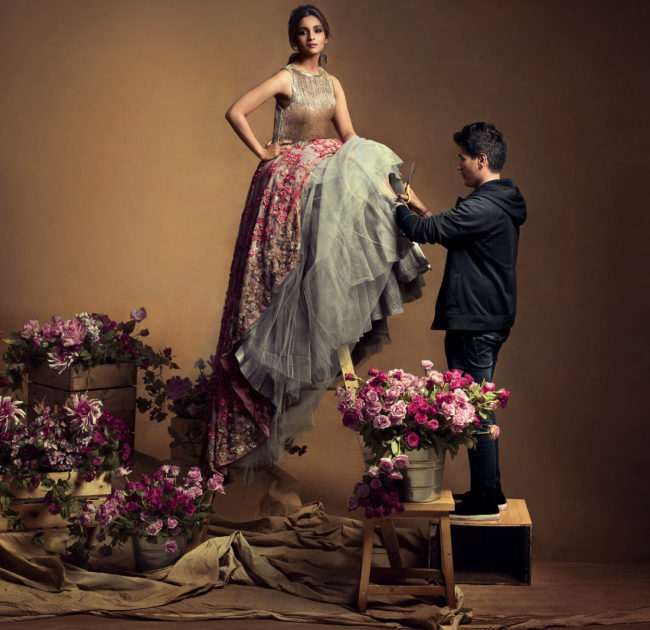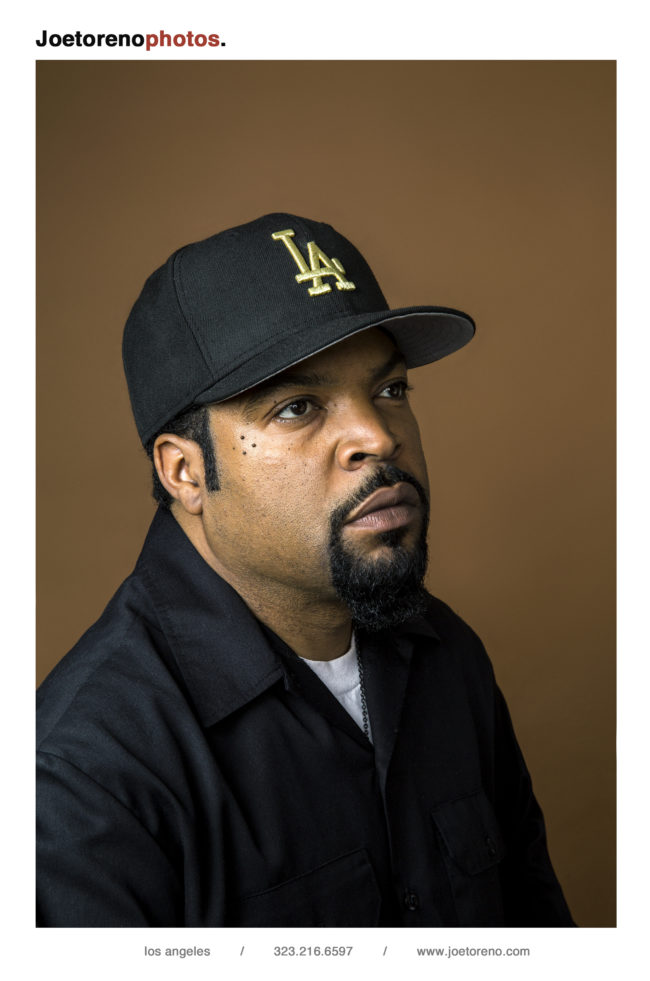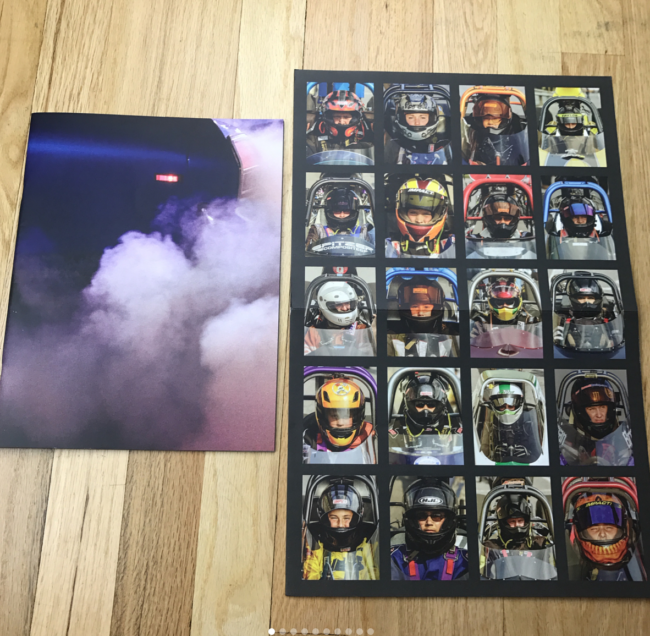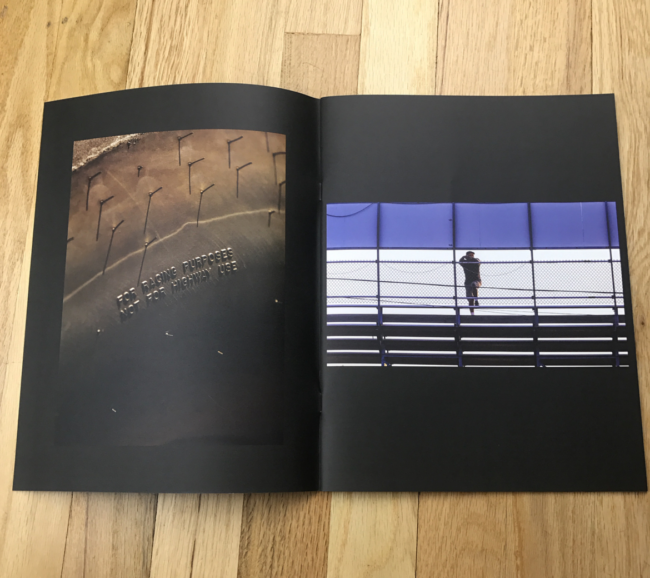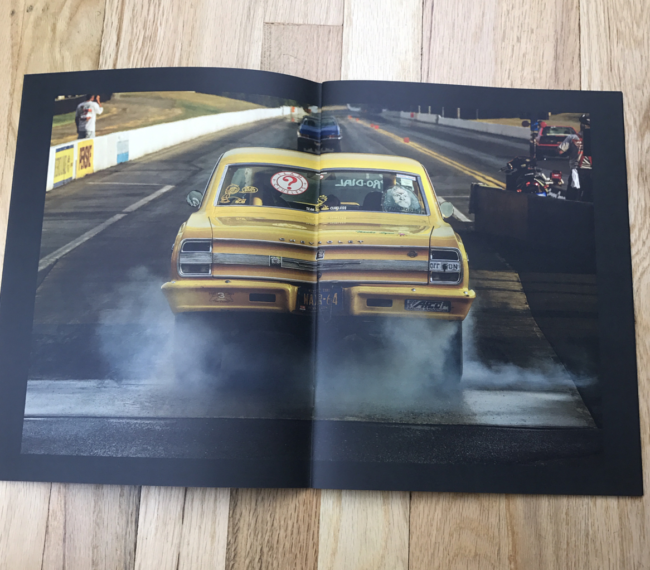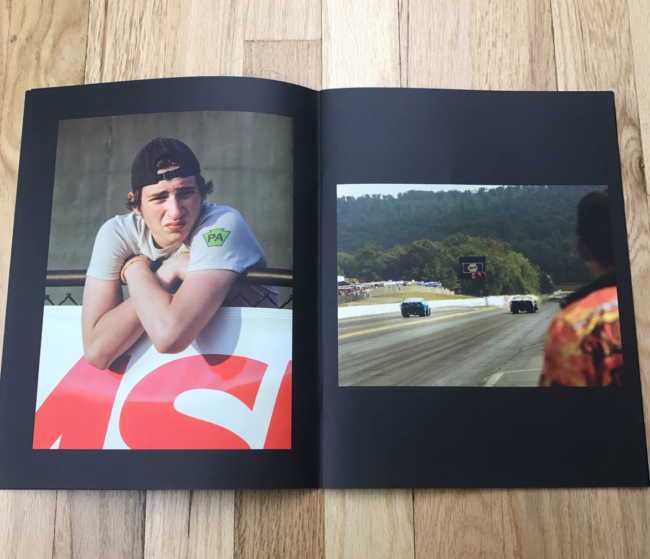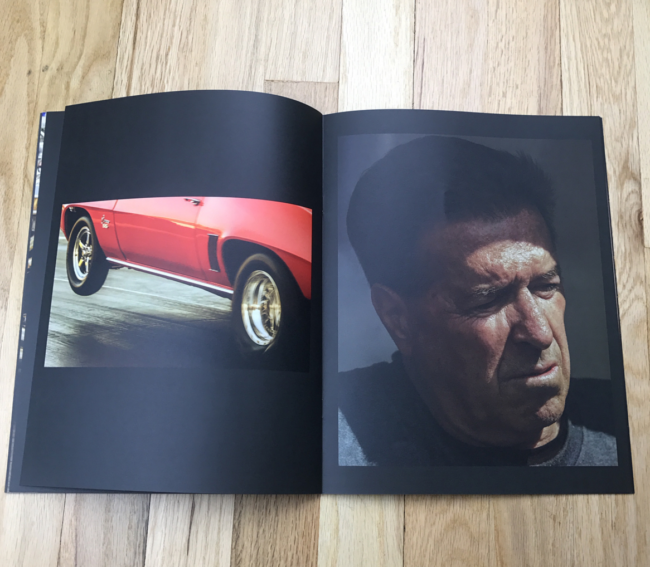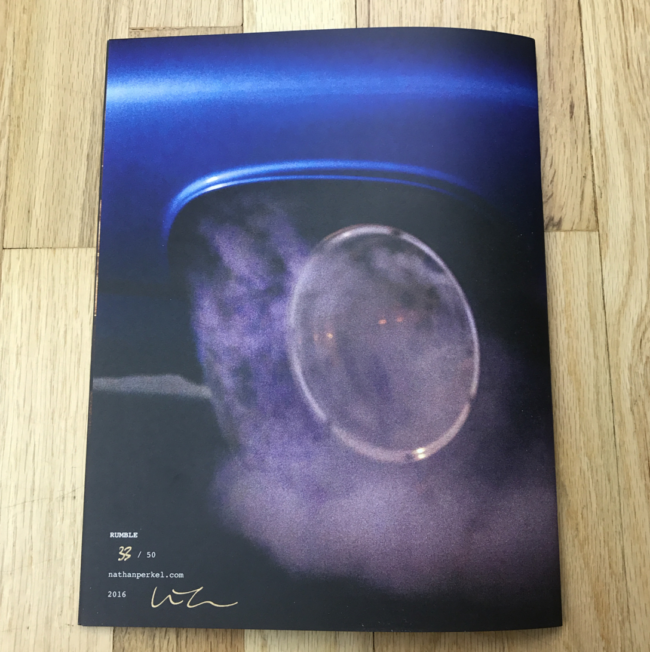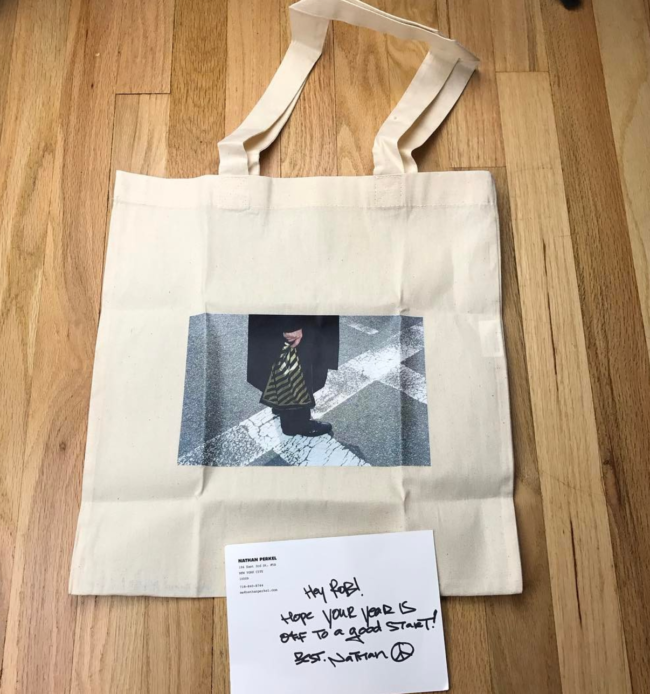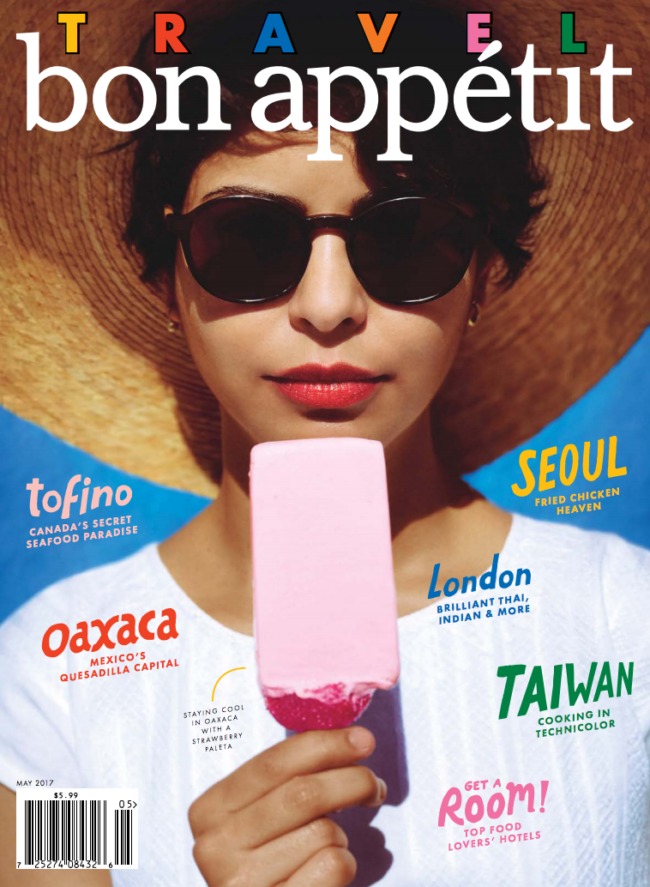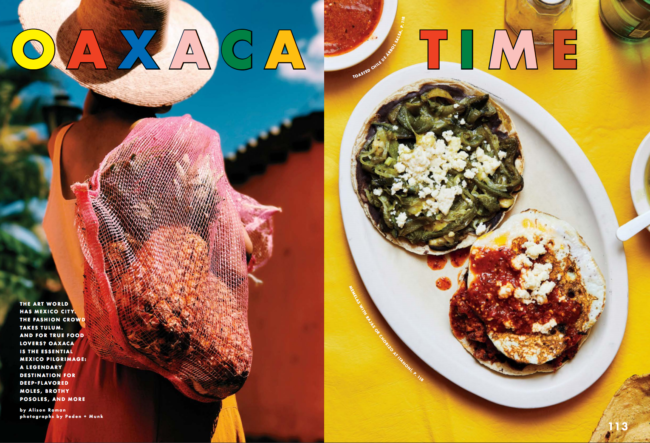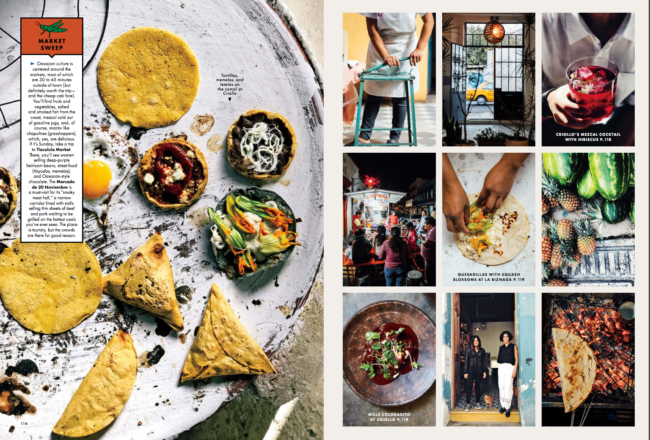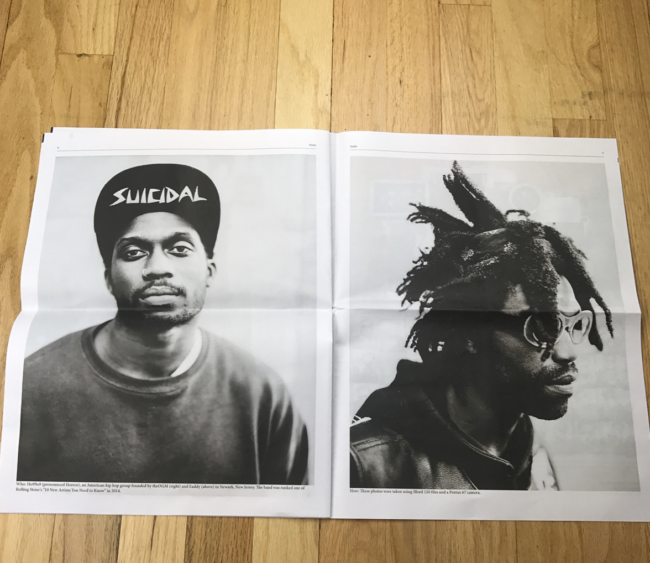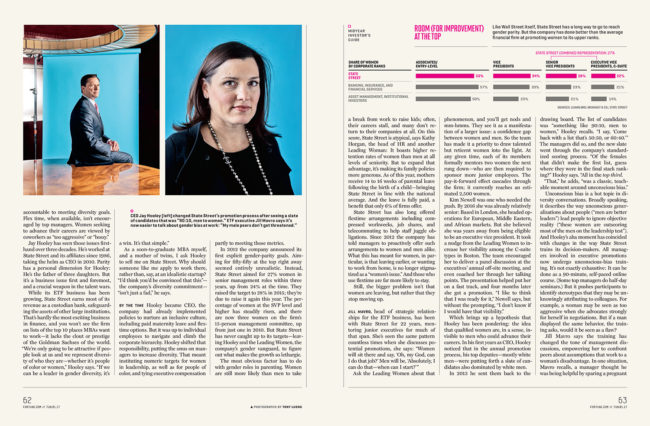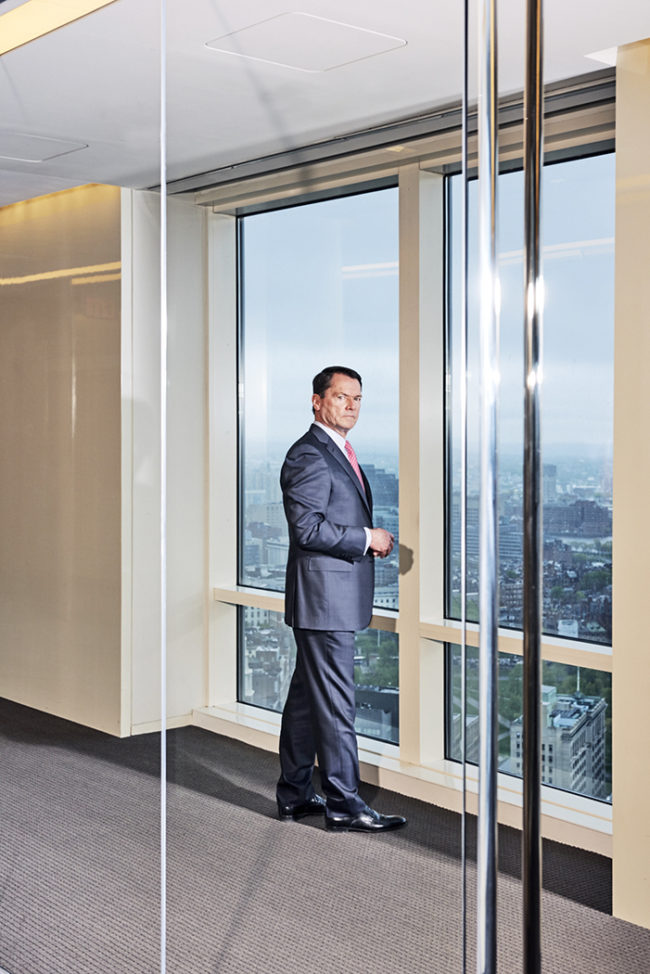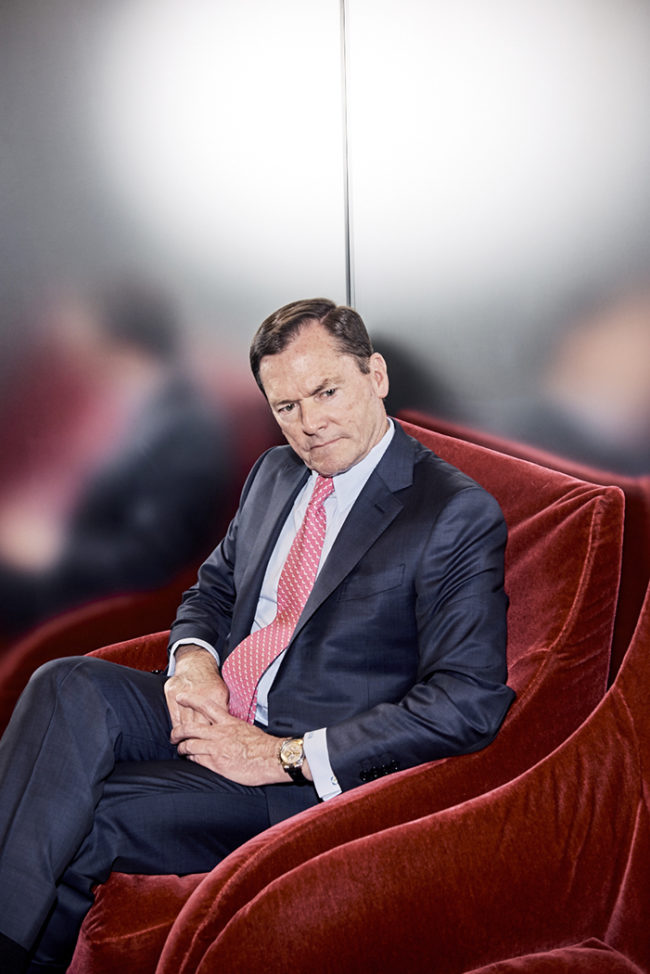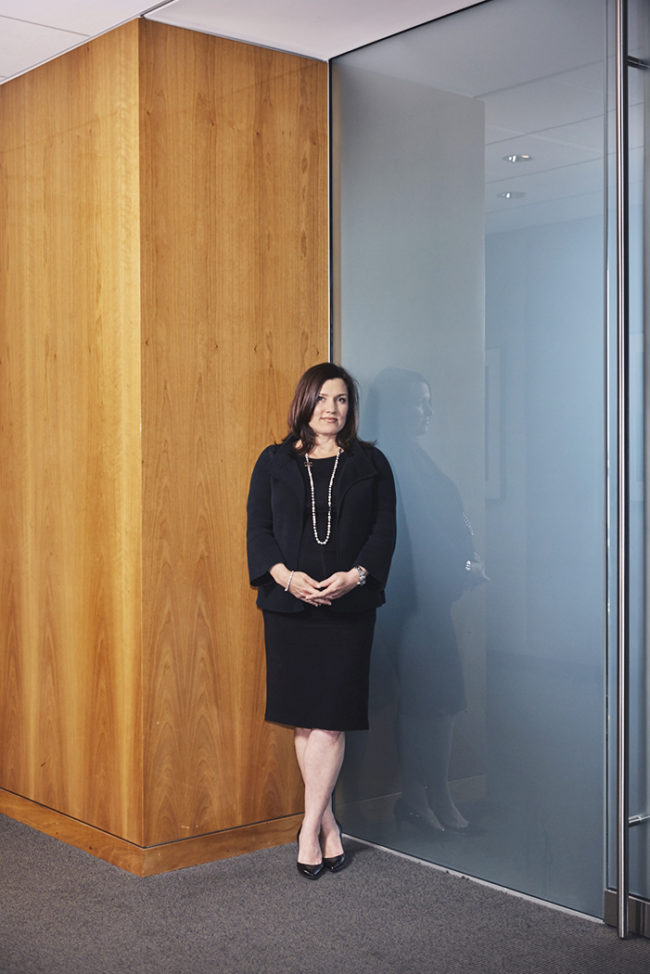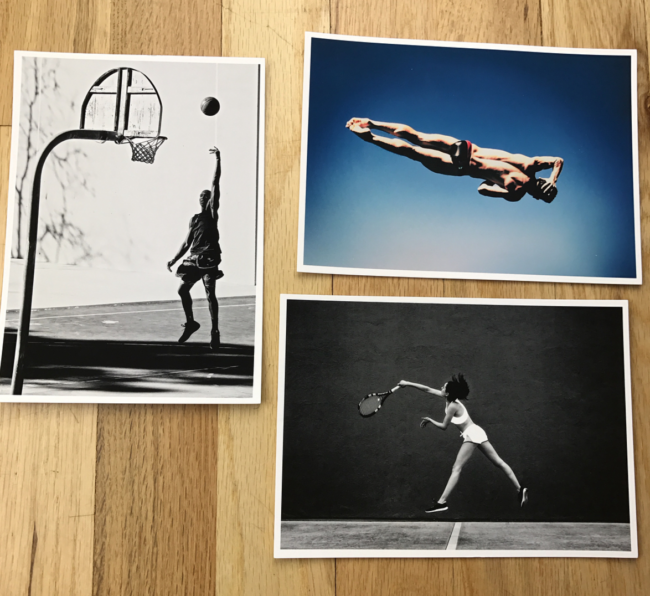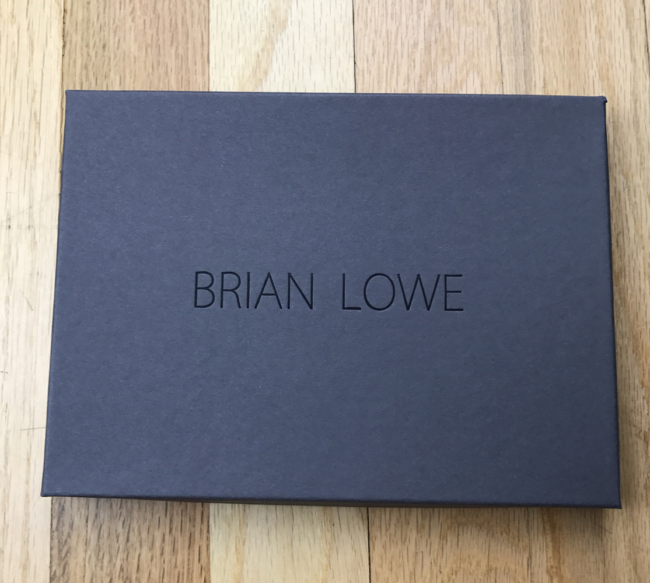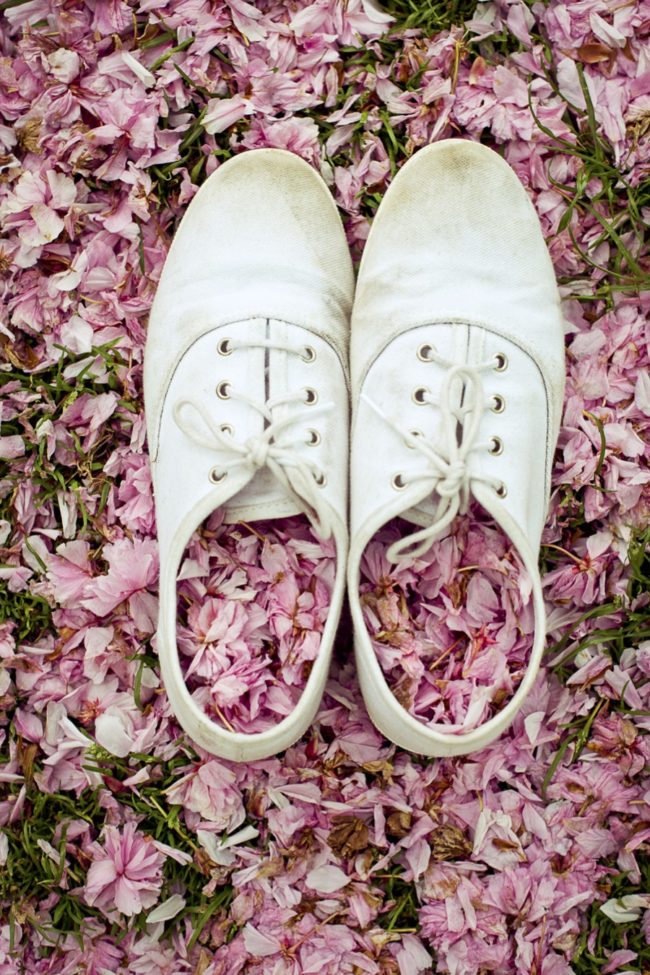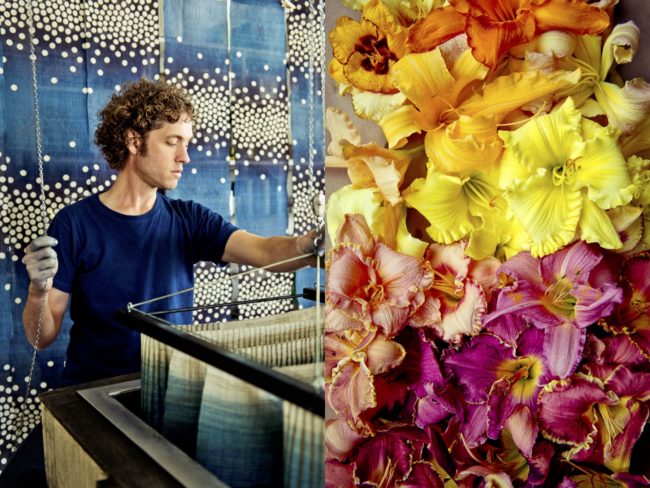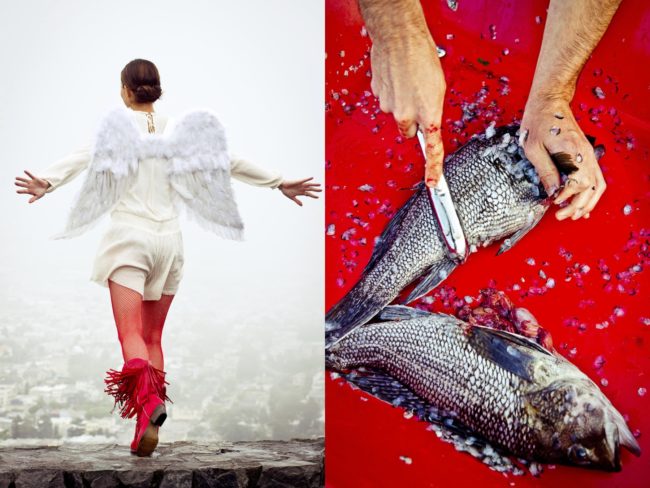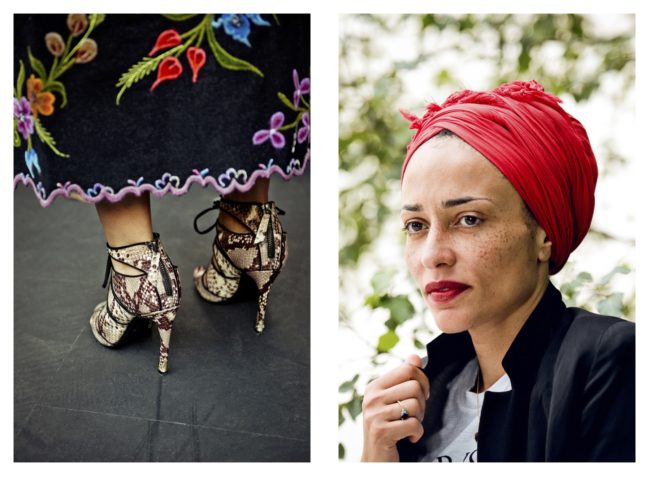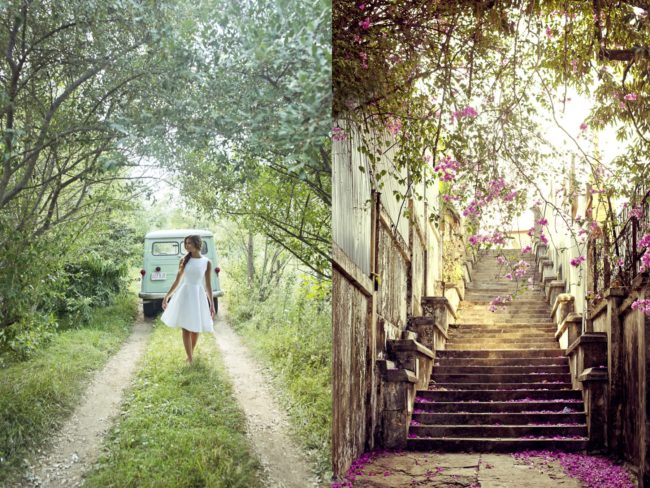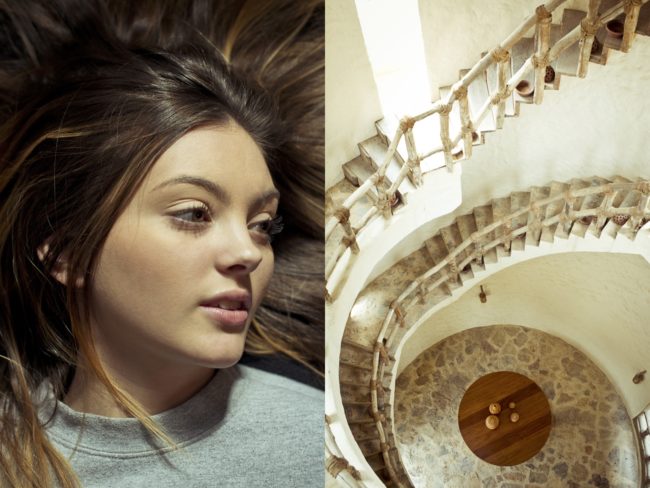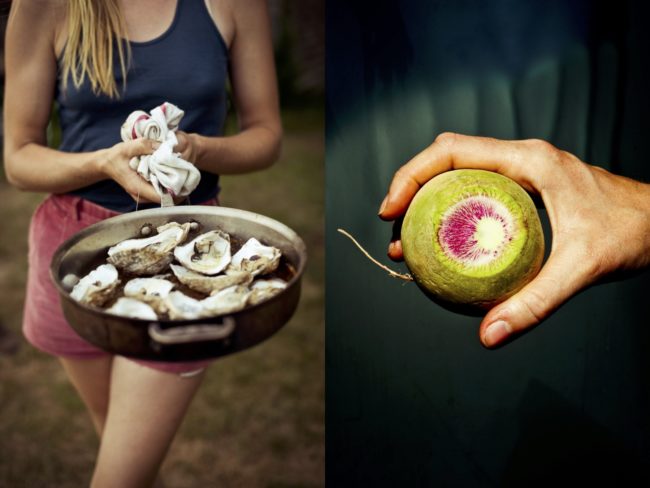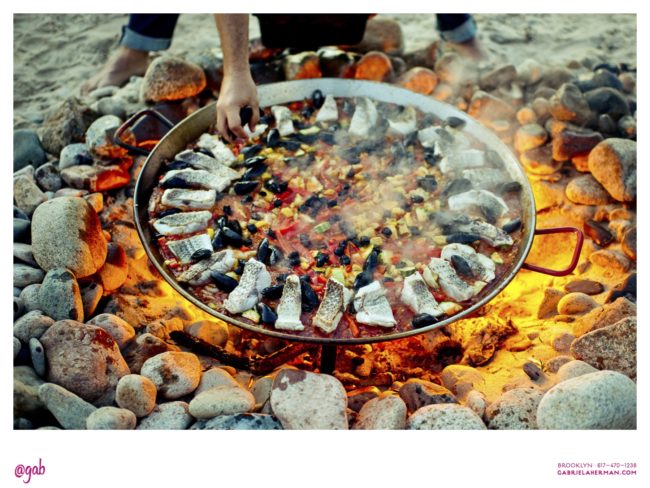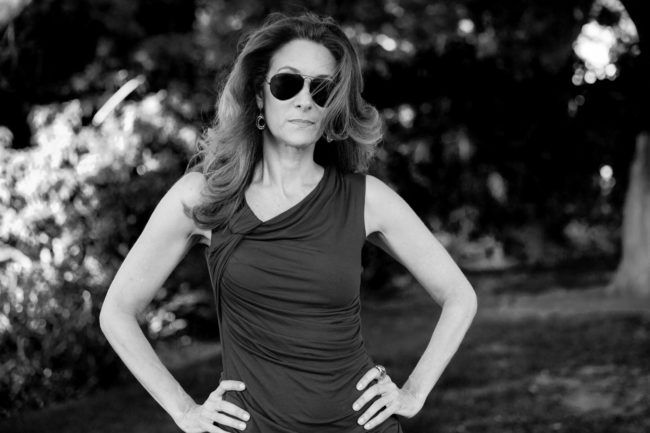

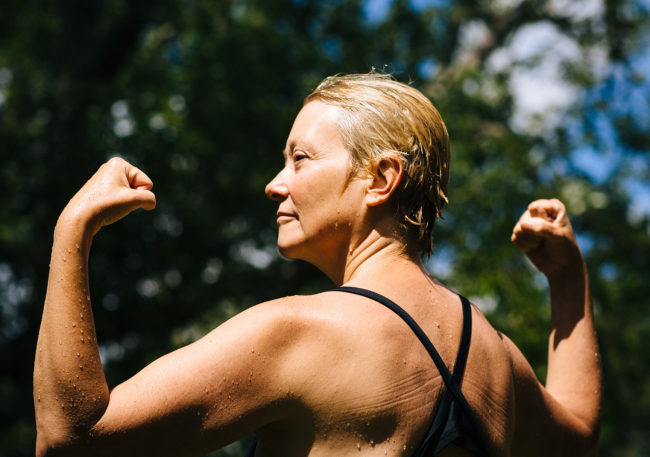


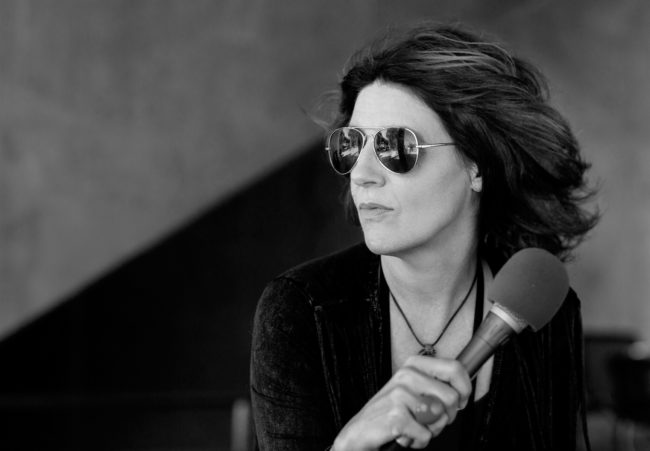
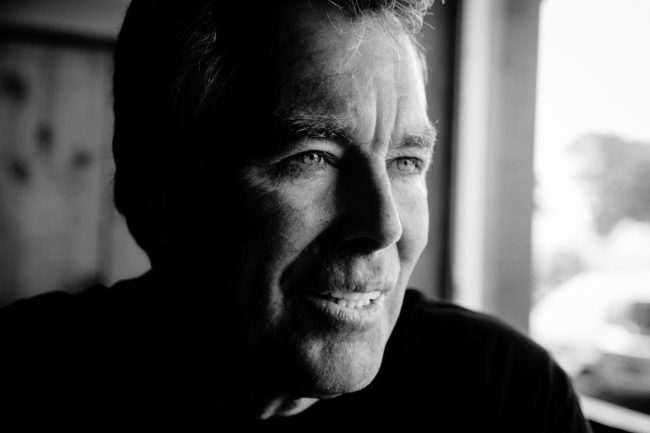
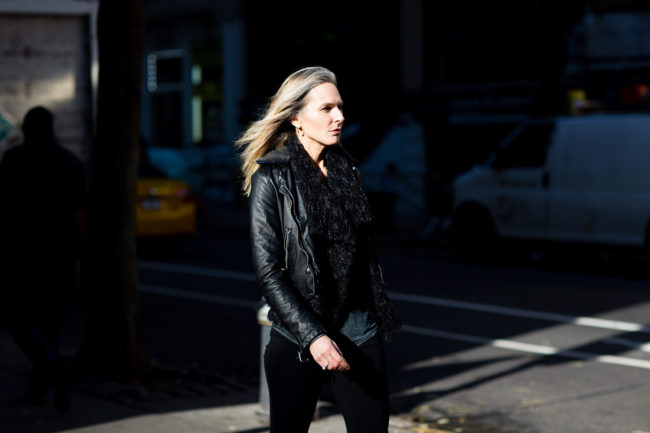
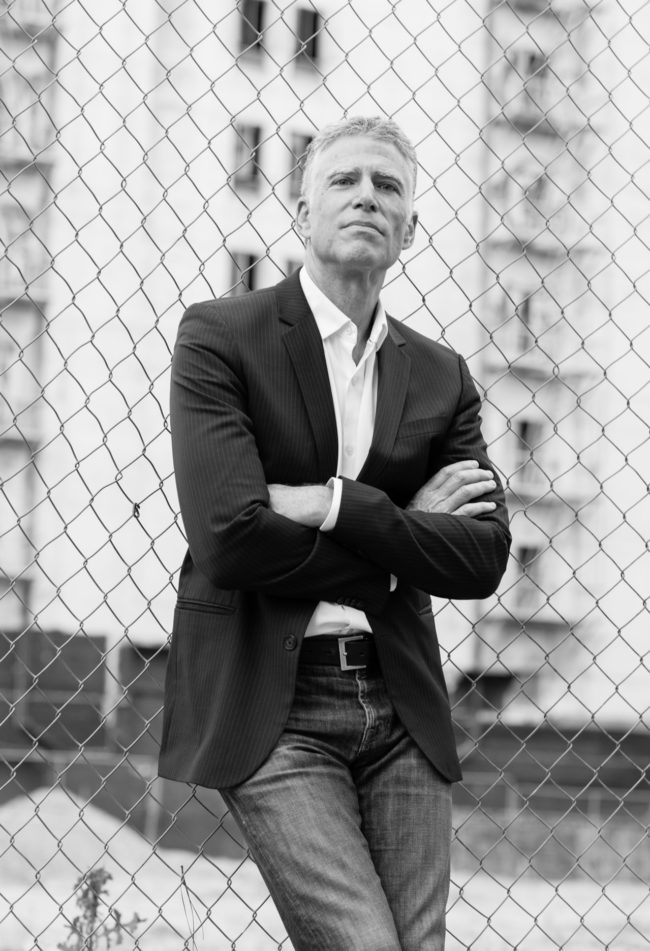
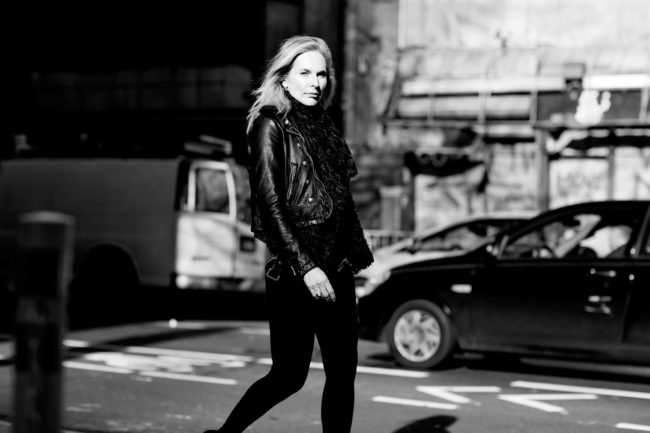
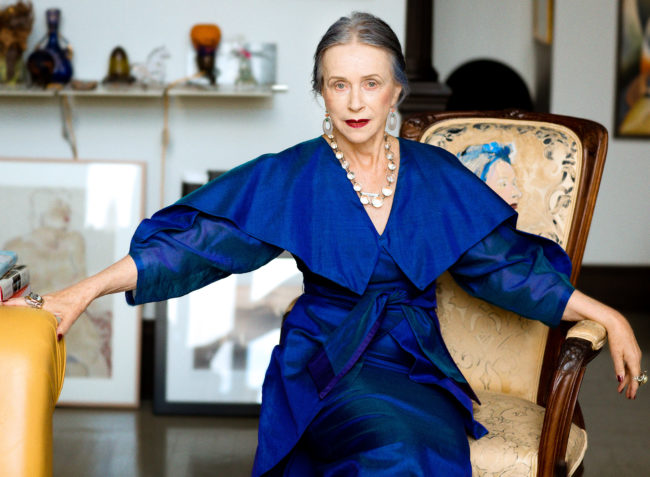
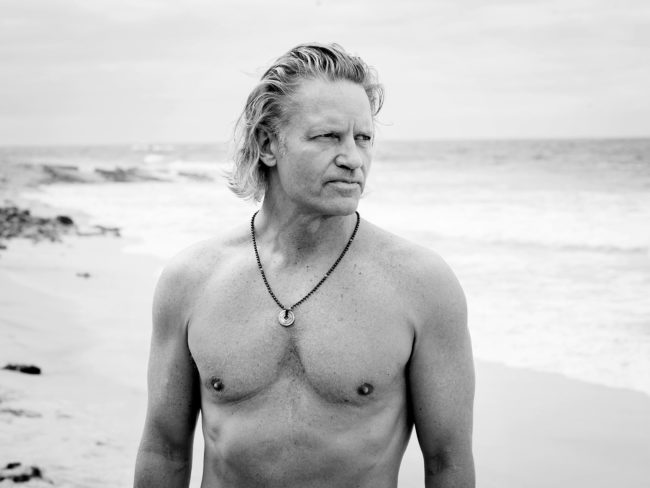

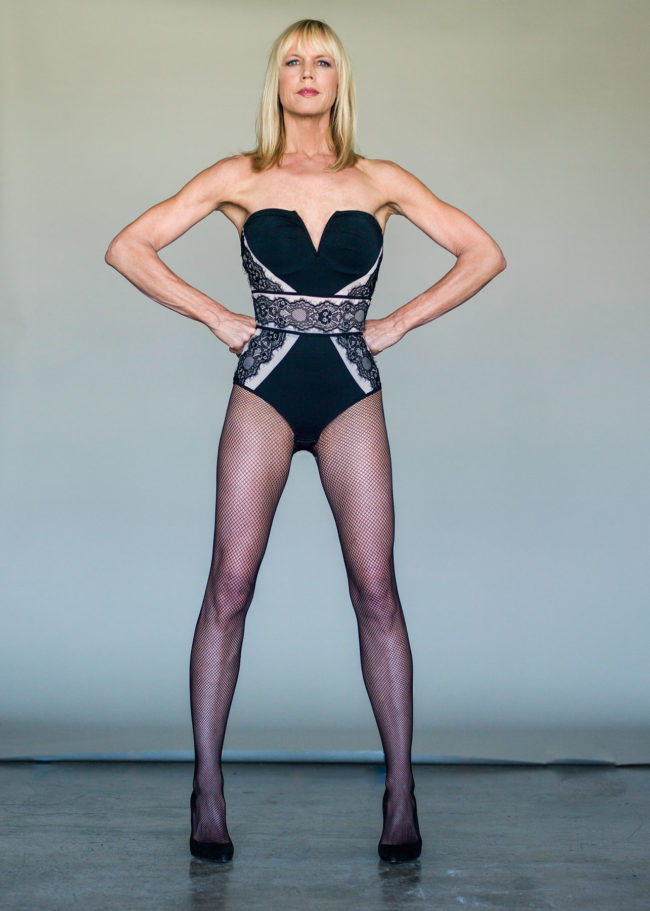

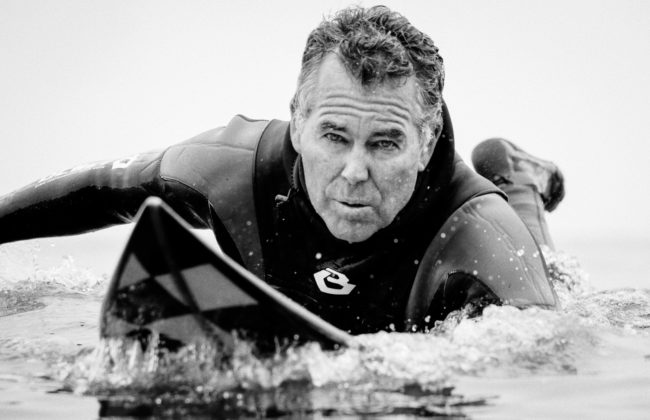
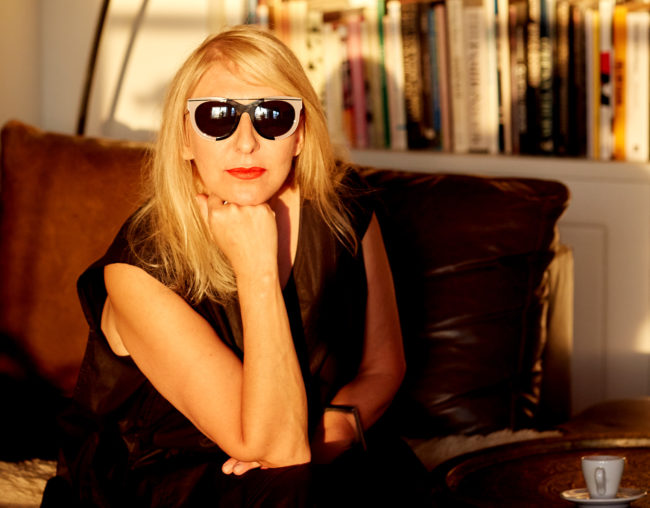
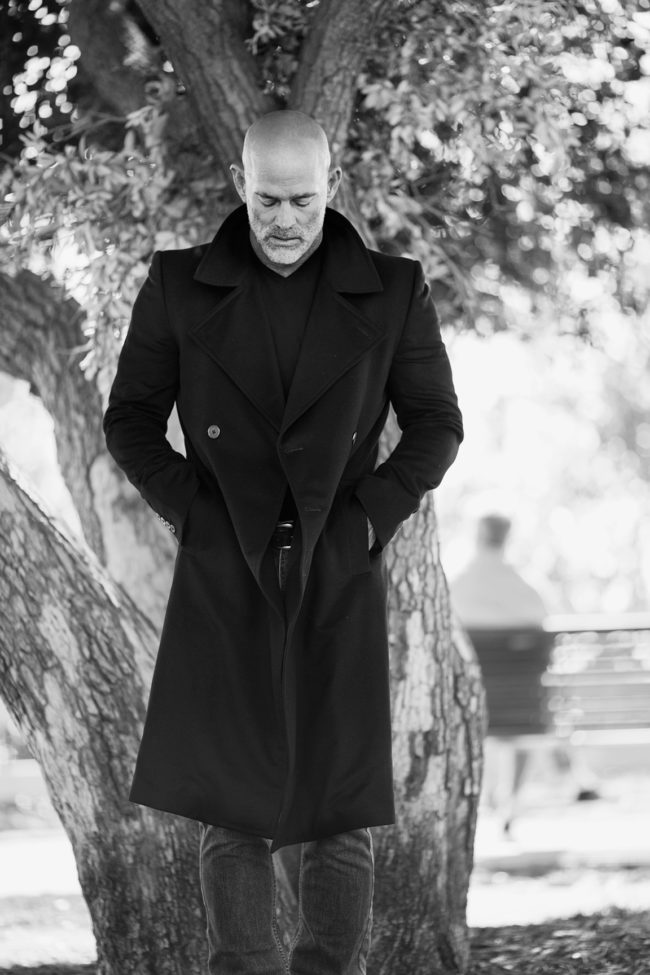
Founding Partner: David Harry Stewart
Founding Partner: Matt Hirst
Digital Media Specialist: Ed Delfs
Women’s Content Director: Tara Shannon
We have a fantastic newsletter you can get by signing up here.
Heidi: Here’s a Google search that gives us a snapshot of what 50, 60 and 70 years of age looks like.

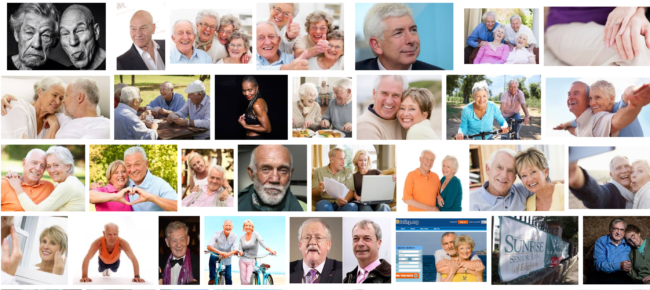
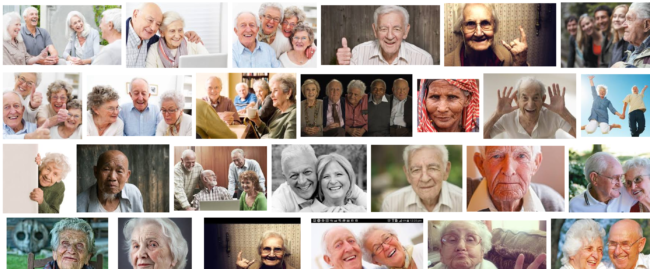
How do you see AGEI.ST changing the current visual landscape on this?
David: Do you know anyone who looks like that Google image search you did? They seem like slow, medicalized, out to pasture diminished people in need of some sort of help. True, there are those people, but I am not one of them, and neither are the people I know. We are at the very height of our powers, and to present us in a medicalized way is just not real, or effective communication.
The first big issue we talk about with people over 50 is the visual vocabulary used. The major issue is not a capacity or capability question, it’s a visual issue, and that vocabulary was entirely bankrupt. When I photograph people for AGEIST, it is about self-empowerment, because it is the contrary is what is shown in the media: disempowerment. Our people are shown to be strong because they are strong, stronger than many of them realize. If we can move the needle on two points, strong and modern, we have made an enormous impact.
You’ve spent your career photographing vibrant, youthful beautiful people, defining the lifestyle category. What drove you to explore this seasoned group of people, which in turn throws a new lens on this generation?
Thank you for that, it’s true I sort of defined that category, but there is more to life than the 18-28 age group, and I wanted to get with what my own reality is. I’m 58, and I have been doing advertising and editorial work for 35 years, and all the while, the people I am photographing seem to stay the same age: 18-28. If you look at the spending power of people over 50 it’s $5 trillion/year in the US alone. If you look at millennials it’s several decimal points from that. This was the commercial driver of doing AGEIST, but from a personal standpoint, photographers are always strongest when they are doing what they know best. I can work with 20-year-olds very well, and I really enjoy it. But what is my unique contribution? Maybe it is more with people like myself.
Why is this project important to you and how did this develop?
It started with wondering why media is so millennial obsessed, and there are real reasons for it, but almost none of them are based in fact. Why are we spending such a giant amount of resources communicating with people who don’t have the spending power to buy the product? At this point, we realized we needed to question pretty much everything and to rewrite the playbook. The first thing was the visuals, what does it mean to be an AGEIST person and how do they look compared with other imagery out there? That took a while to understand. Our first iteration was a newsletter, which is still hugely popular.
When people go to our site, the first thing that people notice is how we look. We have a unique and powerful POV. I would like to take all the credit for that, but it is really a team effort.
Your piece about tackling life after 50 is close to 100,000 hits on LinkedIn. Since most of your reach is digital are you considering print?
That article is actually over 135k now and climbing. In terms of exposure, and in terms of incoming comments and emails, it’s vast. If I do a cover for The New York Times Magazine, of which I have done several, maybe I will get 1 email. With AGEIST, we get flooded with them daily. It’s incredible. The button that we hit is so powerful and there is so much pent-up feeling out there; it humbles me every day.
I love print. To me print is a luxury product, it is premium as compared to the disposability and poverty of real estate that one gets on digital. But starting a print magazine, is a big commitment. We will do it at some point, but right now we don’t have the bandwidth to do it to the high level we would want to.
Who is on your team and what are their roles?
I do the photographs, the interviews and the creative direction. Our director of publishing takes the interviews and makes them sound great. He also oversees the social channels, the newsletter and all our content output. Matt Hirst does strategy, research and finance. Ed Delfs is our digital media expert and big brand outreach. All of us work together on a daily basis along with the other team members. It’s an A-level team, everyone plays at a very high level. We also have a rather esteemed group who advise us, including the CEO of HAVAS North America, and the head of BMW strategy. We have attracted the attention of some extremely influential people. I am regularly amazed by the people who are reaching out to us for our thoughts on things or wanting to be included in the AGEIST site.
How are you using quantitative data?
I have always been curious about brand values, brand messaging, and how to best serve that.
With our AGEIST clients, I want to make sure we are getting them the best possible results. We start with qualitative insights gathered from deep in-person interviews. We then boil those down to find specific behavioral drivers. These insights help us to ideate with the client and the social team about what those could look like and what channels we think would work best. Then we test in market, rinse and repeat until we really have it dialed in. Only then do we produce and shoot the high quality work that gets the big media push.
Tell us how you gather your information?
The main strategic model we have created for AGEIST relies on qualitative analysis. We use our proprietary information, gathered from hundreds of interviews, to inform and educate our clients about what’s up with this remarkable new emerging group of adults. Never before has a 50-year-old had every reason to believe they are only 1/2 way through their lives. That has enormous ramifications on people’s value systems, their purchasing habits and most essentially, how they see themselves in the future. What we do is identify people we think are in this leading edge group living in a new way. I want to know their story, but I also want to know what are they doing now, what are they into, what do they want to learn, how do they feel about different brands, products, media. We take all this information, fully timecoded, and unpack it, combine it with the hundreds of other interviews, and then pull out and correlate platforms and drivers of behaviours. With this, we can make a predictive model that helps us look forward into how they will feel about certain services, products or communications.
Does every photographer secretly want to be an interviewer? Is this simply the same process of taking a portrait but with words instead?
Personally, I’m a very curious person, and when I photograph someone for a magazine or an ad, it’s a privileged position. Generally, this person is of some interest or accomplishment, or I wouldn’t have been sent in. So I use that time to banter, make jokes, but also to chat with them about what’s they are into.
The process of making a photograph, if I can simplify something that is not so simple, is that we observe, we interpret and we record, which is very much like interviewing. With a great model, it’s like tennis, she hits the ball one way, then I hit it back, on and on. With portraits, it’s still always a partnership. People may not know what’s happening as I chatter away with them, but we are collaborating towards an image that I am focusing on getting. Of course, my vision is only half of that partnership. What the other person is bringing often makes for something wonderful and better than anything I could have pre-visualized.
Would you agree that you’re getting data from people but in a much more transparent and direct way? Whereas let’s say most practices are more subversive?
I would agree with that. We talk. If you don’t want to tell me something, you don’t. It’s not an interrogation, it’s a very pleasant 2-way conversation where I am just really curious about this other person.
What have you learned about yourself as a photographer in this process?
That I love photography. We do interviews, we make videos, we give presentations, we create campaigns, all of which is awesome. But my first love, the one I will never abandon, is photography. It is the driving organisational principle of my life. The still image as a reflective piece of art is a magical object. I have been looking at snapshots, contact sheets, prints and digital images for 50 years, and it holds me like nothing else.
Are you approaching your photography in a new way with this project?
Yes, I am. As someone once told me “if you want to get into the chair across the room, you need to get out of the chair you are in”. I edited my personal site, removing much of the younger lifestyle work. It was scary to do that, as that work was decades in the making.
But you have to choose your lane, and if I was going to do AGEIST, it just didn’t make sense to have the happy snap young people in there. It was a totally different expression. The work now comes from a very different place. It’s not so much “how will clients relate to this”, as “how do I like it and how will my gang in AGEIST like it”. How can I make the most powerful image possible at this moment?
Despite my fears, I am now contacted by advertising and editorial clients to work with them because of this new work.
Your interview with Tara Shannon is a terrific example a woman that has deep roots in the high fashion industry modelling for Irving Penn and Richard Avedon amid many others. Her voice is an excellent discussion about models at 61 and what that wisdom brings to a shoot.
Thanks, that was a great conversation I had with her. She is a fantastic model and someone who has given considerable thought to the idea of invisibility/value as it intersects with age. People can read that here.

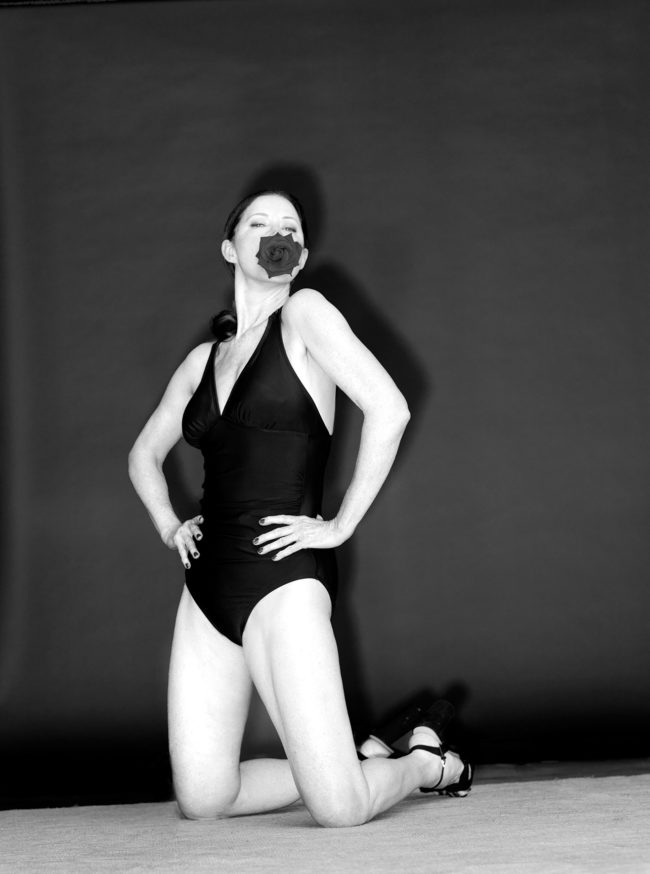
Age is a truly a gift. What do you think gets lost in this younger generation?
It’s a bit unfair to ask a 30-year-old to understand a 55-year-old. But it’s the same for me. I really don’t know what it’s like to be 80, I can guess, but I won’t really know until I am there. One of the shocking things about AGEIST is that about 1/3 of our audience is under 30. That is utterly surprising to me and completely unintentional. What they tell us is that we show being older as being filled with possibility, being cool, being people who they aspire to be. So for younger people, we are a north star.
I really dislike the whole idea of age brackets. The only reason we put people’s ages on AGEIST is it’s an interesting data point. But we don’t talk about age, it’s better to just say this person is rad, and they happen to be whatever age. It’s a bit insulting to say to anyone of any age “wow that’s great for someone your age”. That’s not helpful to say to an 8-year-old or an 80-year-old. When someone is cool, it doesn’t matter what age they are, they are just cool.
Why do you think her story is striking a chord with people?
Well, she is, for one thing, an incredible model. She is also a very smart articulate woman of 61 who knows what’s up. Not everyone at 61 can look like Tara, but so many people relate to what she is saying about invisibility and worth in society. Once you tell a group of people who are used to being ignored and are essentially invisible, that now we see them, and we understand them, well that is a massively powerful thing to do.

